While my June 2020 golf trip to Wisconsin with my golf travel buddy Bob was mainly about going to Sand Valley for me, it was at least as much about seeing the Links Course at Lawsonia. The Links Course is apparently the best preserved example of the architecture of Langford and Moreau, which is similar to the MacDonald—Raynor style of design with its deep trench bunkers and mountainous pushed-up greens. I have a lot to say about this course as you’ll see but to put it simply, I wasn’t disappointed. As great as Michigan’s top public courses are and as much as we promote them, if Lawsonia’s Links Course were in Michigan, it’d easily be the best public course in the state.
I think that the first is an almost perfect opening hole. It’s semi-blind and wide open but if you know one simple thing—that the hole beds right—you’ll suspect that maybe it’s best to play your drive up this side…which is also where the only visible trouble (some long grass) is. And if you make the inference from the minimal information that you’re given that you should hit your drive up the right side, you’ll have the optimal angle to the green. Now if on your second you intend to play to the front or just short of the green, the angle isn’t so important here. But if you intend to go at the pin, the green is built at least 15 feet above its surroundings on the left side and slopes sharply left to right. So the approach from the right side of the fairway is fairly easy, but one from the left is not.
I think that the first is an almost perfect opening hole. It’s semi-blind and wide open but if you know one simple thing—that the hole beds right—you’ll suspect that maybe it’s best to play your drive up this side…which is also where the only visible trouble (some long grass) is. And if you make the inference from the minimal information that you’re given that you should hit your drive up the right side, you’ll have the optimal angle to the green. Now if on your second you intend to play to the front or just short of the green, the angle isn’t so important here. But if you intend to go at the pin, the green is built at least 15 feet above its surroundings on the left side and slopes sharply left to right. So the approach from the right side of the fairway is fairly easy, but one from the left is not.
I don’t know why, but I’m a huge fan of uphill, blind drives. When these holes are well designed, the architect will give you some simple visual cues off the tee and that’ll give you all the information that you need. That’s the case on the long par 4 second. There are two bunkers that face the tee in a V-shape about 120 yards off the second tee. Unless the architect is messing with you (always possible--it'll happen later), you might infer from this that the point of the V makes a good aiming point. And you’d be correct. That line points you at the middle of the second fairway. The approach is downhill to the right over two trench bunkers. These are about 50 yards short of the green and if you can carry them, you can run your shot onto the green.
The third is interesting because unlike the first two holes, the visual cues are a bit deceptive. But that’s ok because you can see the entire landing area here. The hole doglegs right around a bunker on the corner. Now as you might suspect, you will have the easiest approach if you carry this bunker. But if you can’t carry it, you actually want to play to the outside of the dogleg on the left because the green is small, elevated, and angled from front left to back right.
The long uphill par 3 is excellent, but tough. The approach to the green is all carry but there’s fairway short and right if you’re not confident in your ability to carry the trench bunker that covers most of the front of the green. The forward tees are appropriately place up the hill to the right, giving you an open angle and a clear view to the green.
The short par 5 fifth is a great hole and probably my favorite hole at Lawsonia. Again, the drive is semi-blind over a ridge. There’s more tree trouble here than on any other hole. But I think it’s appropriate here; the left trees make a good aiming point for a fad and it’d be a really bad drive that went in them. And if you hit a good drive, you should either get past the large oak on the right side of the fairway or at least be able to keep it just left and play underneath its limbs on your second. There's a ridge that bisects the fairway about 270 from the back tee and if you carry it, you'll get another 30 yards on your drive.
Once you’re over the ridge in the fairway, you have what I find to be one of the more beautiful views on any golf course—a slightly downhill approach over a trench grass bunker on the left with a sand trench bunker short and right of the green. You can tell from the general left-to-right slope of the land that a shot up the left side that carries the left trench will feed onto the green. I tried, but failed to get pictures that capture the contour of the green. It’s two-tiered, but the first tier is a triangle with its base at the front of the green and point at the back, with the outsides of the triangle being two lower tiers back left (smaller) and back right (large). This green reminds me of several at Woking Golf Club in Surrey outside of London, which also has several greens with oddly-shaped tiers.
It’s hard to follow a hole like the fifth, but the sixth does so nicely. Several people consider this to be the best hole on the course and it’s not hard to argue that. The drive is downhill over a huge front left to back right angled grass bunker. Old aerials of the course show that these grass bunkers all had sand in them originally, but I think that they work just fine as grass bunkers—you can’t carry their lip and reach the green anyway so it doesn’t really matter what’s in the bottom. If you bail out left and hit it too far, you can run into bunkers through the fairway.
The approach is very difficult—uphill to a shallow green with more bold and creative contours. Like the fifth, this one is two-tiered, but this time the ridge runs from near the front left of the green diagonally to the back middle, making the right ~70% of the green the high tier and the back left 30% the low tier. Our flag was on the 30% side and unless they get their ball on that tier (not easy), about 90% of golfers will fail to get up and down.
The seventh is another Lawsonia wonder—a short par 3 to a green built into a step left-to-right sloping hill on an enormous pile. I read somewhere that there’s boxcar buried underneath this green. That must be mistaken—they must have buried the whole train under there. I don’t believe that I’ve ever seen a green built up so high from its surroundings—it must be 15-18 feet above the natural grade on the right.
The short par 4 eighth might be the least interesting hole so far, but that just shows how great the front nine at Lawsonia is. It’s another drive where you can’t see the landing area, but you can see the green to the right. So just play it toward the green. Simple, right? Too simple…and wrong—the best angle into the green is from the left side because there are deep bunkers across the front of the green if you’re up the right side. But if you go up the left side, you have an open approach up the throat of the green. You still have to get your distance control right, but a miss short on this line leaves an easier recovery.
The ninth hole is a long par 5 that plays down hill and doglegs to the right. In addition to being the most attractive hole on the front nine, it’s really brilliant, but I didn’t realize why until my second playing. On my first playing, I hit a terrible drive and had to lay well back on my approach. But on my second playing, I hit a good drive. That’s when I realized how important the bunkers are that pinch the fairway about 125 yards short of the green. If you get past them, the fairway is wide open to the green. But the shot is uphill and the steep faces of the bunkers make them difficult to carry from long range. Unless you’ve hit a long drive, you have to play a very accurate shot between them or lay back. Admittedly, they’re not relevant for long hitters (which doesn’t include me), but will be relevant for probably 90% of the people who play this hole. We’ll see this feature again on the back nine.
After one of the best nine holes of golf that I’ve ever played, we come to the back nine, which as of the last few years has been rendered almost completely treeless. While I don’t think that the golf quite rises to the level of some of the holes on the front nine, it’s still excellent and the landscape is stunning—you can see the whole back nine from almost any point on it.
While the front nine started with a subtle but very interesting par 3, the back nine begins with just a damn hard par 3—about 240 yards from the back tee. But it’s a very well designed hole for this length. There’s a big bunker that looks like it covers the front of the green, but it’s really about 60 yards short. The best play is to carry this and try to run it on the green. It’s ok if you don’t make it because a miss short is much better than a miss anywhere else.
n.b. With all the trees on the back nine that they removed, I can’t believe that the only ones that they left are some non-native Austrian Pines left of this green. They should be removed immediately.
While the front nine started with a subtle but very interesting par 3, the back nine begins with just a damn hard par 3—about 240 yards from the back tee. But it’s a very well designed hole for this length. There’s a big bunker that looks like it covers the front of the green, but it’s really about 60 yards short. The best play is to carry this and try to run it on the green. It’s ok if you don’t make it because a miss short is much better than a miss anywhere else.
n.b. With all the trees on the back nine that they removed, I can’t believe that the only ones that they left are some non-native Austrian Pines left of this green. They should be removed immediately.
Eleven is one of three par 5s on the back nine and from the new back tee, it takes about a 260 yard drive to clear the rise in the fairway. If you can’t make this carry, you have to contend with a large grass bunker on the right. Unless you’ve hit a good drive, keep your second short of the bunkers on the left 70 yards short of the green. If you’re going for it, you’ll have to skirt the bunker that cuts into the fairway on the right about 30 yards short.
After the mid-length par 3 twelfth, with its high front-right, low-back left tiered green, we come to a very long and tough par 5. There’s a series of fairway bunkers up the left that only the longest hitter will be able to carry entirely. The rest of us will try to skirt them. Unless you hit a very long drive and can get your second within 50 yards of the green, you’ll be laying up to the base of a hill that will leave a completely blind approach. It’s important to hit it far enough to get to the base of the hill; otherwise, you’ll have a downhill lie…and you’ll still have a blind shot. It’s a very good hole for long hitters but a bit awkward for everyone else. But it’s not gimmicky and the blindness just adds to the variety of the course.
Fourteen is, to me, a less interesting version of the boxcar par 3 seventh. It’s a good hole where you play at back and right pins and your own risk. It was a mixture of aggravation and entertainment my second time around as I had to wait for a guy in front of me to hit bunker shots back-and-forth across the green. I didn’t enjoy the wait, but it is kind of funny to watch a guy score higher than his three playing partners together.
Fifteen is a medium-length uphill par 4 that bends right around a fairway bunker. If there’s a weakness of Lawsonia, it’s that the ratio of holes favoring a fade off the tee relative to those favoring a draw is a bit high…although that’s good for my game. This isn’t a standout hole, but make sure you take enough club on the approach so that you don’t come back down the false front.
I really like the long par 4 sixteenth, which has a bit of an intimidating drive over a grass bunker. But this is only about a 180 yard carry. This is another hole where you want to drive it as far as you can (and a draw does help) because there are bunkers about 40 yards short of the green that will be tough to carry if you’ve hit a mediocre drive. These bunker run to the green on the right side so if you’ve missed the fairway right, you’ll have to carry your approach all the way to the green.
Seventeen is another run the gauntlet hole, with another v-shaped set of bunkers in the driving zone. It’s only about 200 yards to carry them from the back tees and the fairway open up past them, so it’s an easy driving hole for good golfer. But they create a lot of trouble for probably 2/3 of the golfers who play this course (as I saw first hand). And that percentage would have been even higher in the early days of steel shafts after this course opened. Few golfers would have been able to carry them and, with no fairway irrigation, this drive would have been a fantastic test of keeping your drive straight. The fairways may not be as firm now, but the hole still works for many who play this course and it’s a great example of a hole that most good players won’t identify as interesting, but that’s because they lack the proper perspective. Golf holes shouldn’t be designed for just one type of player; not everything needs to be protein shake-proofed.
Eighteen is a short par 5 where even a modest-length hitter like myself can reach the green in two. But there are many hazards along the way. You have to fit your drive between a sand bunker right and a grass bunker left. While a drive up the left shortens the hole, one up the right leaves a more open approach to the green. The approach up this side is protected by a fairway bunker but if you can carry it (about 110 yards short of the green), you can run it all the way to the green.
So that’s Lawsonia’s Links Course—a course that was very high on my list of courses that I wanted to see and which if anything, exceeded my expectations. It’s hard to come up with anything negative to say about the course: it’s on a great piece of land, the holes are very strategic, the greens are great, and the shaping is bold but very efficient—everything that is shaped is shaped with a purpose (no pointless mounds here) and I think that the style fits the land very well. The bunker ridges usually accentuate the natural grade of the land and while most of the greens are built up quite high, if you’re playing into them from the correct angle, it’s hard to tell.
The Links Course is even more important because there are very few, if any well-preserved examples of this type of architecture open to the public. The new South Course at Arcadia Bluffs goes for something similar and it’s interesting to compare the two. Relative to the Links, the new Arcadia course feels over-designed, with too many bunkers and too many convex edges around greens. I think that the Links creates the perfect balance—the bunkers are challenging and there are a lot of the, but at no point does it seem like the bunkers are everywhere and that you’re just playing the same type of shot that you’ve already played several times. The fact that the Links is on a better piece of land probably helps contribute to this feeling of greater variety but if you look at it on Google Earth, you can see that there really aren’t that many bunkers and that their placement varies throughout.
In short, Lawsonia’s Links Course is one of the most important public courses in the country. You could even argue that it’s one of the most important courses overall because there are very few well-preserved examples of Langford’s architecture. It has to be one of the top 20 or 30 public courses in the country and I’d bet that it’s one of the top 100 overall. Again, for me, it’d easily be the best public course in Michigan—and that’s a state that’s justly known for its public courses.
The Links Course is even more important because there are very few, if any well-preserved examples of this type of architecture open to the public. The new South Course at Arcadia Bluffs goes for something similar and it’s interesting to compare the two. Relative to the Links, the new Arcadia course feels over-designed, with too many bunkers and too many convex edges around greens. I think that the Links creates the perfect balance—the bunkers are challenging and there are a lot of the, but at no point does it seem like the bunkers are everywhere and that you’re just playing the same type of shot that you’ve already played several times. The fact that the Links is on a better piece of land probably helps contribute to this feeling of greater variety but if you look at it on Google Earth, you can see that there really aren’t that many bunkers and that their placement varies throughout.
In short, Lawsonia’s Links Course is one of the most important public courses in the country. You could even argue that it’s one of the most important courses overall because there are very few well-preserved examples of Langford’s architecture. It has to be one of the top 20 or 30 public courses in the country and I’d bet that it’s one of the top 100 overall. Again, for me, it’d easily be the best public course in Michigan—and that’s a state that’s justly known for its public courses.
While I didn’t play it (I opted for a second round on the Links, I walked around the Woodlands Course after dinner and a bit to my surprise, I really liked what I saw. It’s completely different from the Links and appropriately named: every hole is through mature oak and pine forest. There are some beautiful holes, like the drop shot par 3 third and the par 5 seventh. This course was built in the 80s and was clearly designed to be difficult, with numerous fairway bunkers and ponds. Unfortunately, it looks like they’re dumbing it down by filling in a lot of the bunkers. I know that it’s expensive to maintain bunkers and they’re probably focusing their dollars on the Links Course (apparently it used to be the opposite—the Woodlands was the premier course). I know that this 80s architecture has fallen out of favor recently, but there looks to be plenty of interest in this course and I think that it’s also worth preserving the architects’ intent, even if their names were Roquemore and Lee rather than Langford and Moreau.

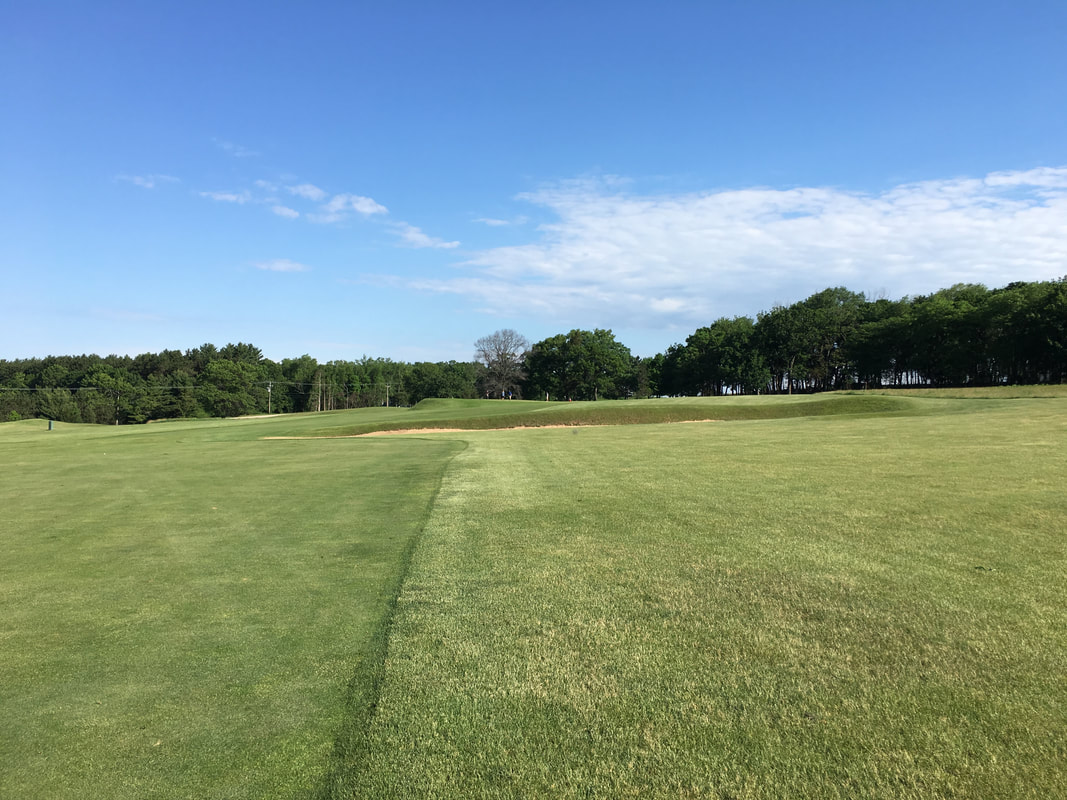
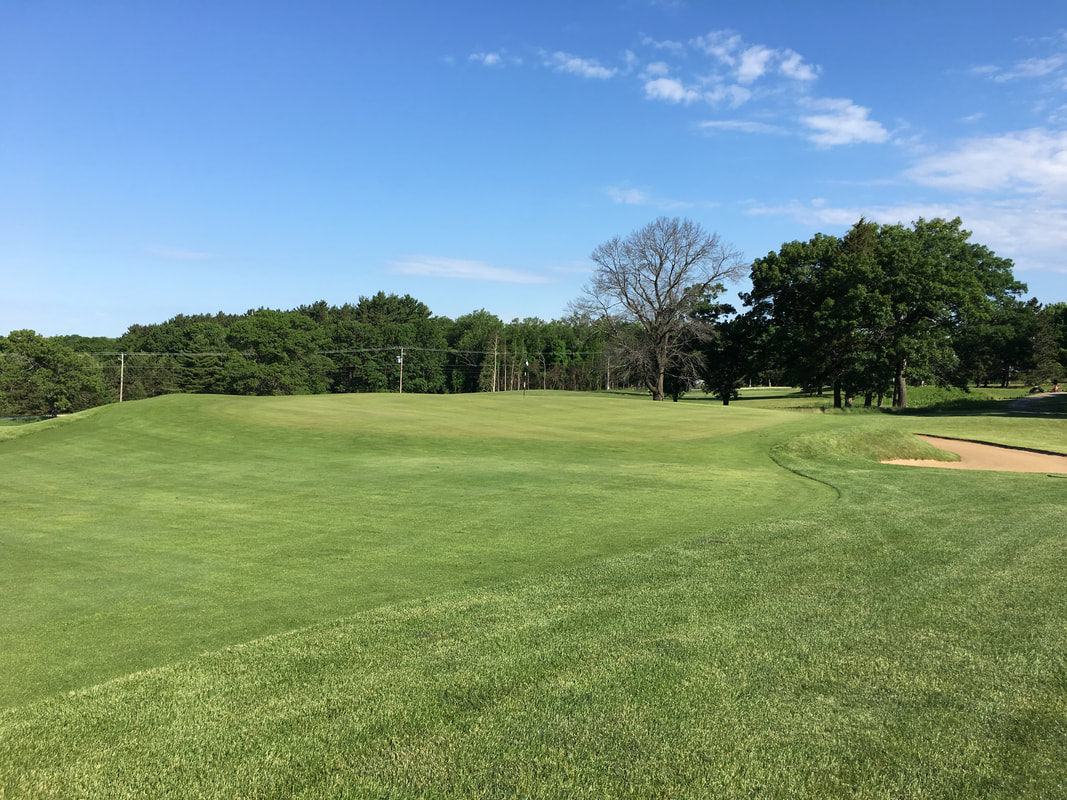
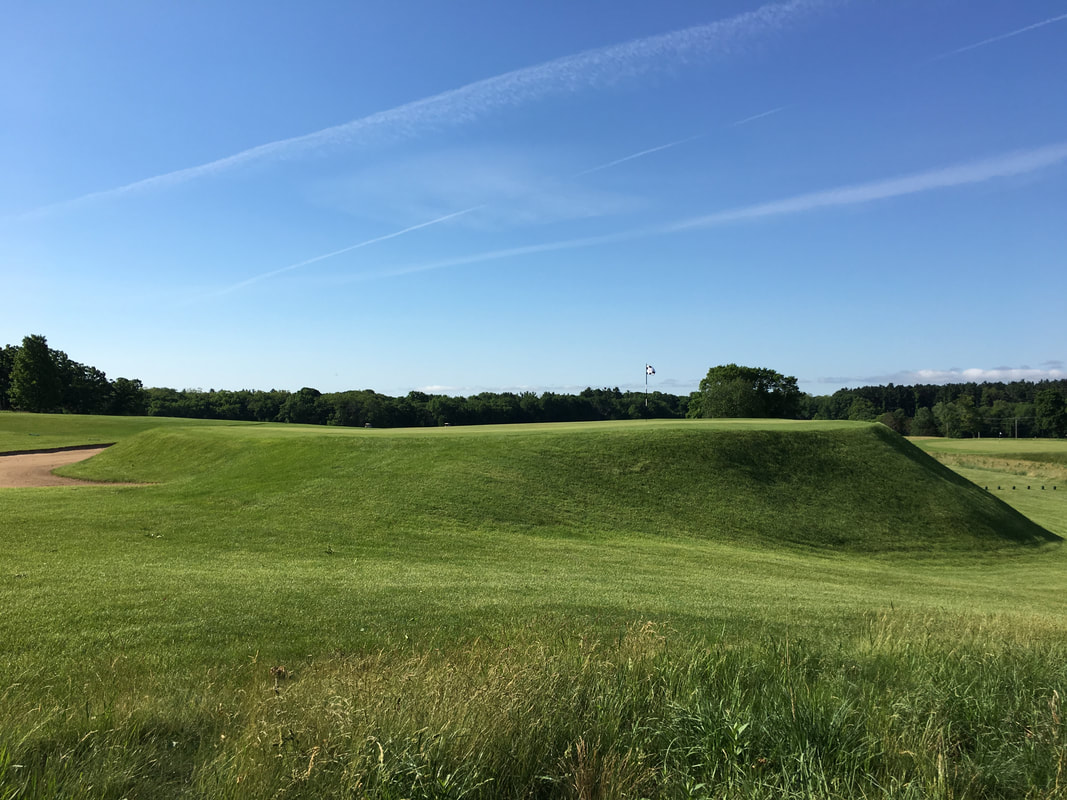
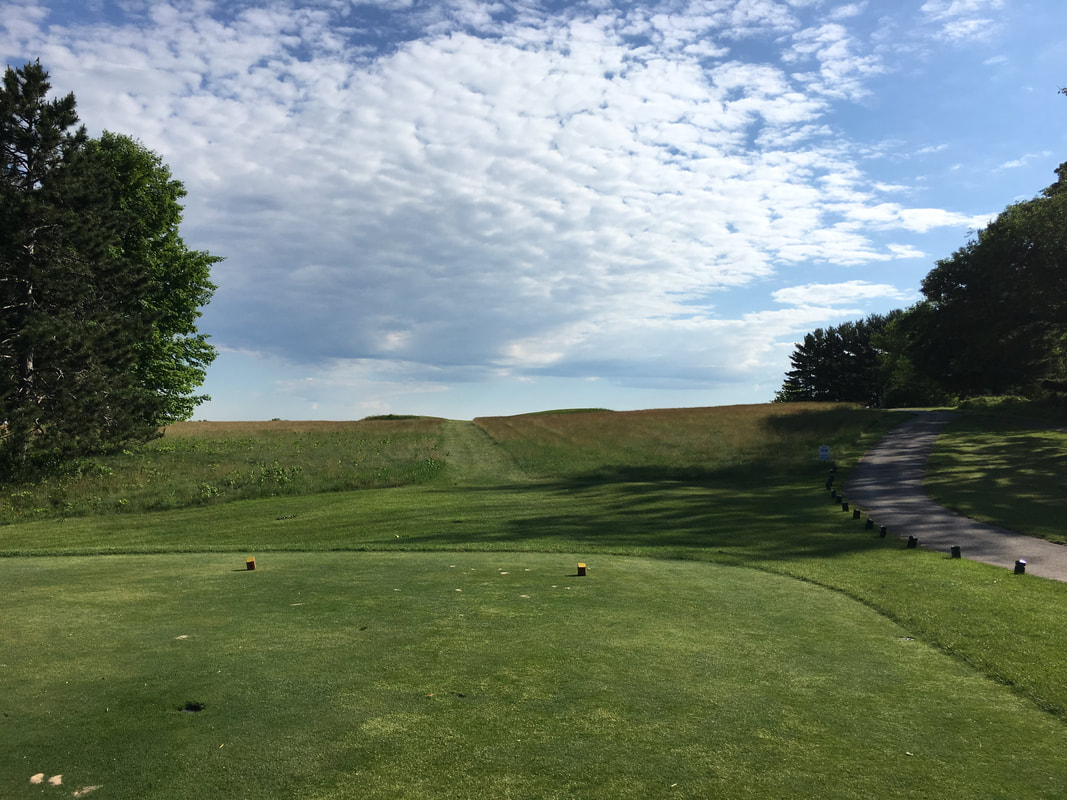

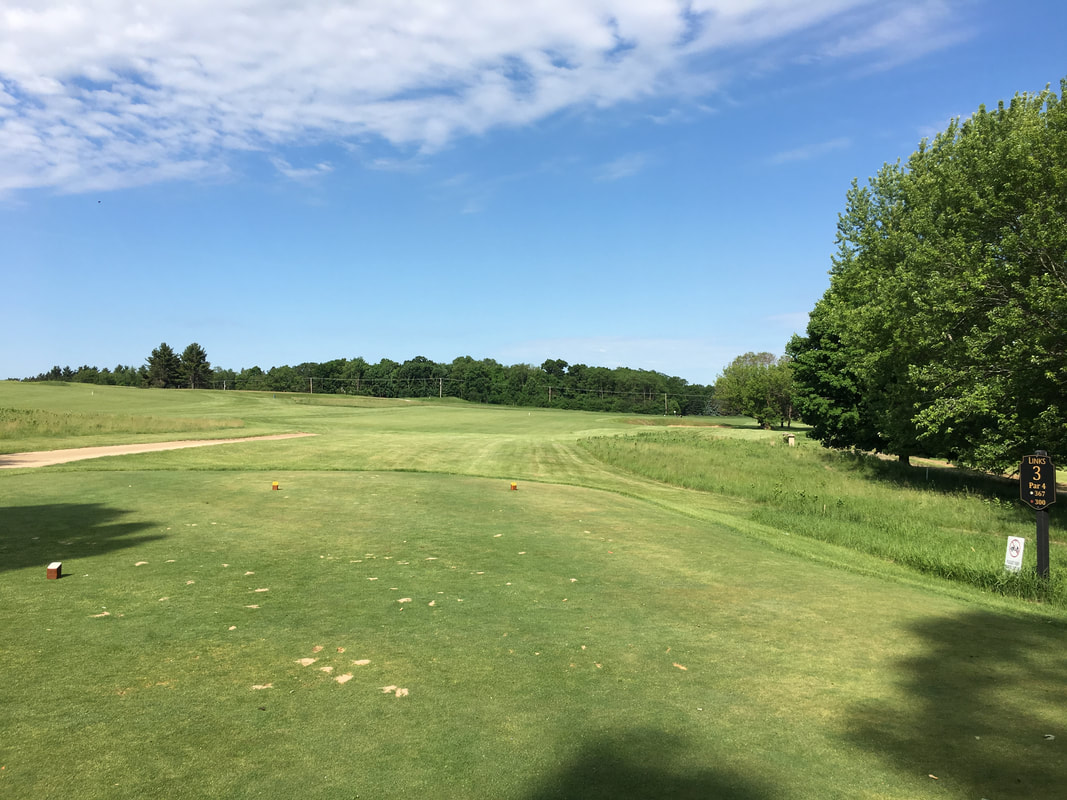
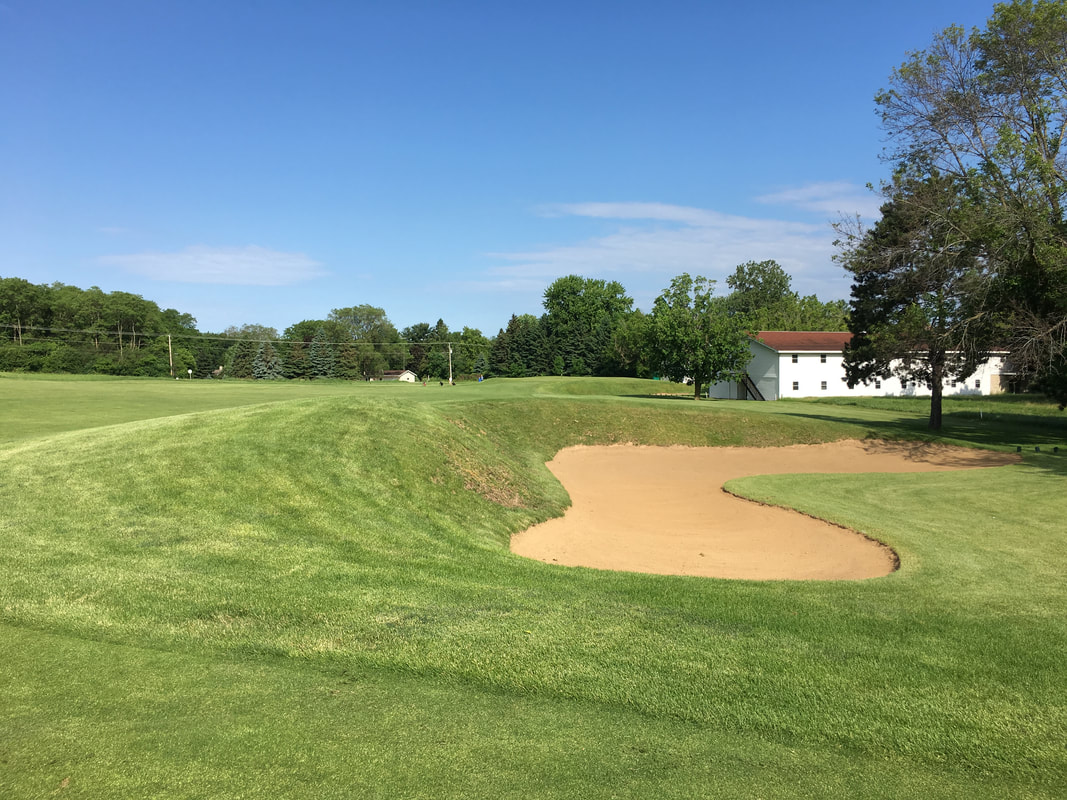
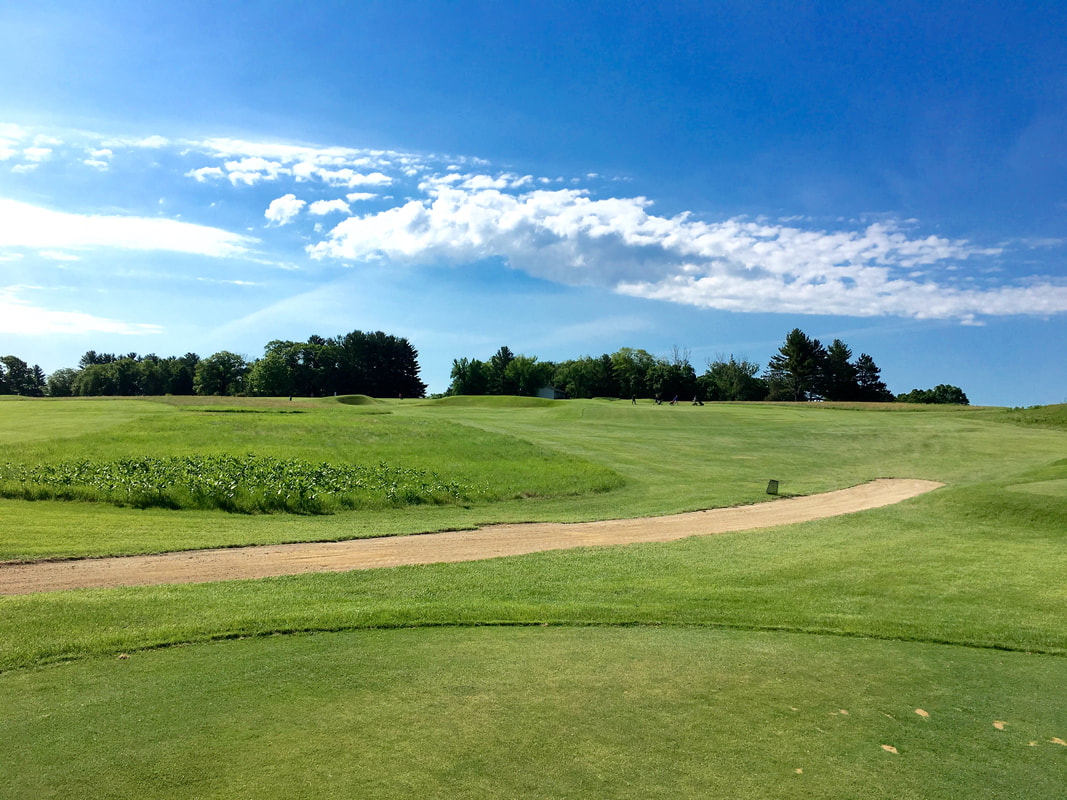
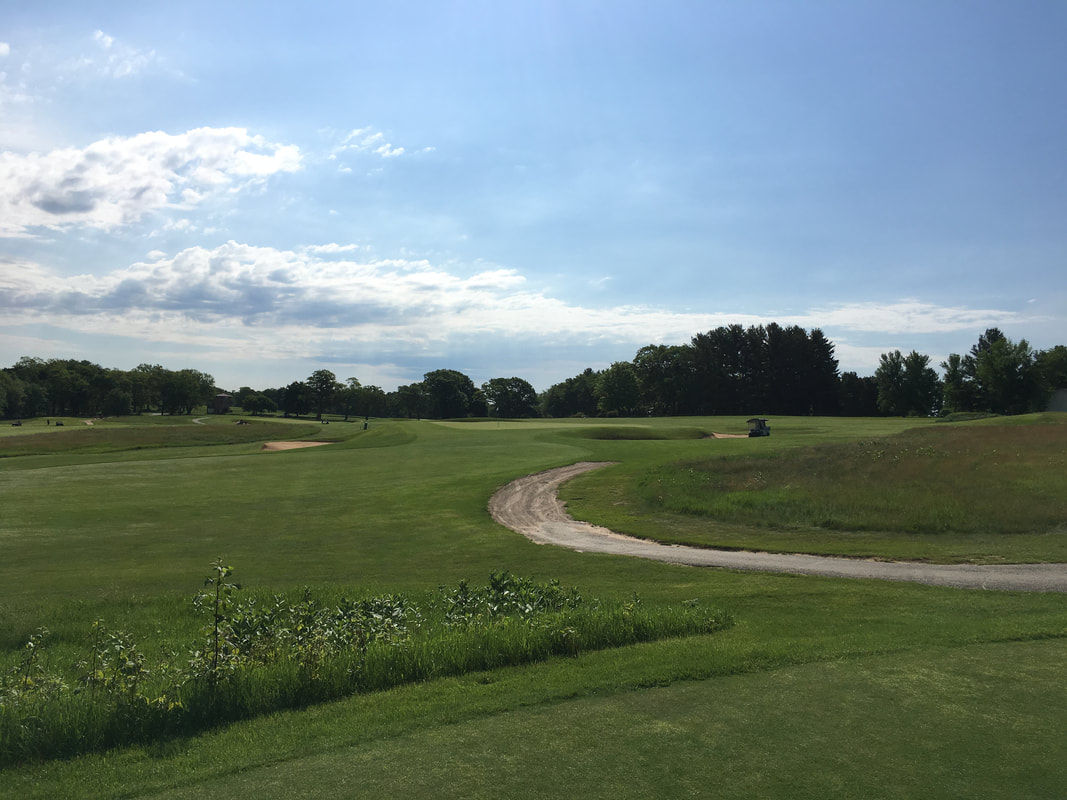
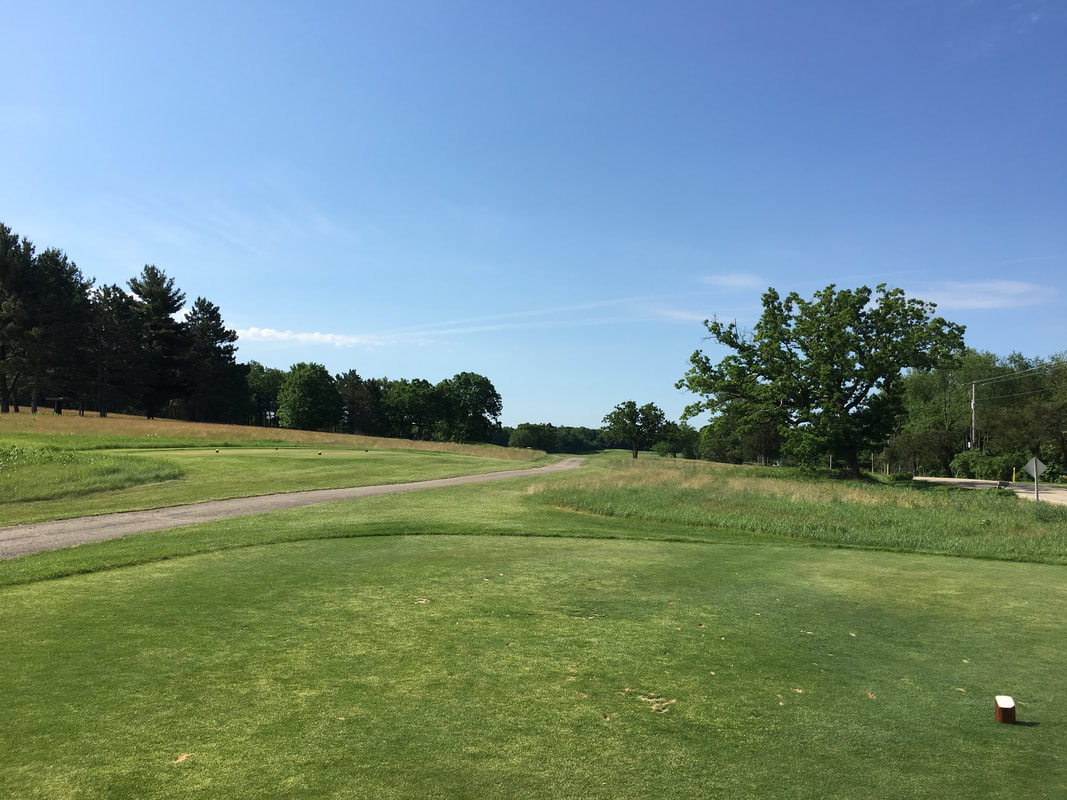
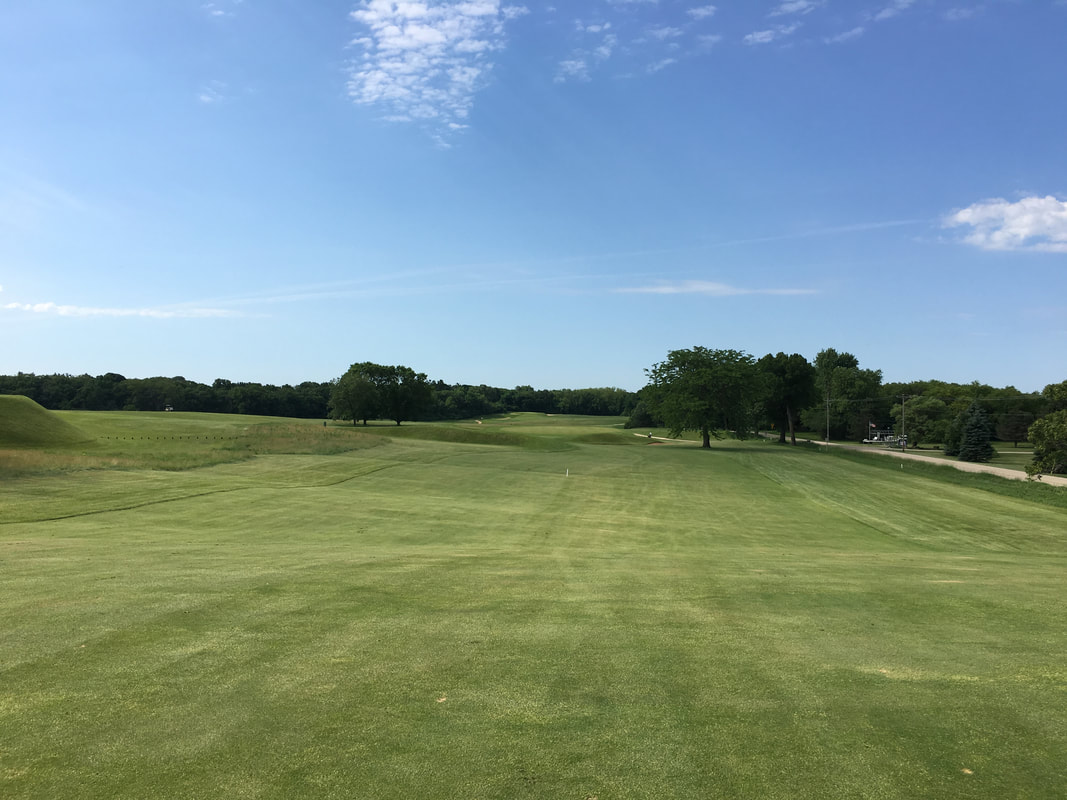

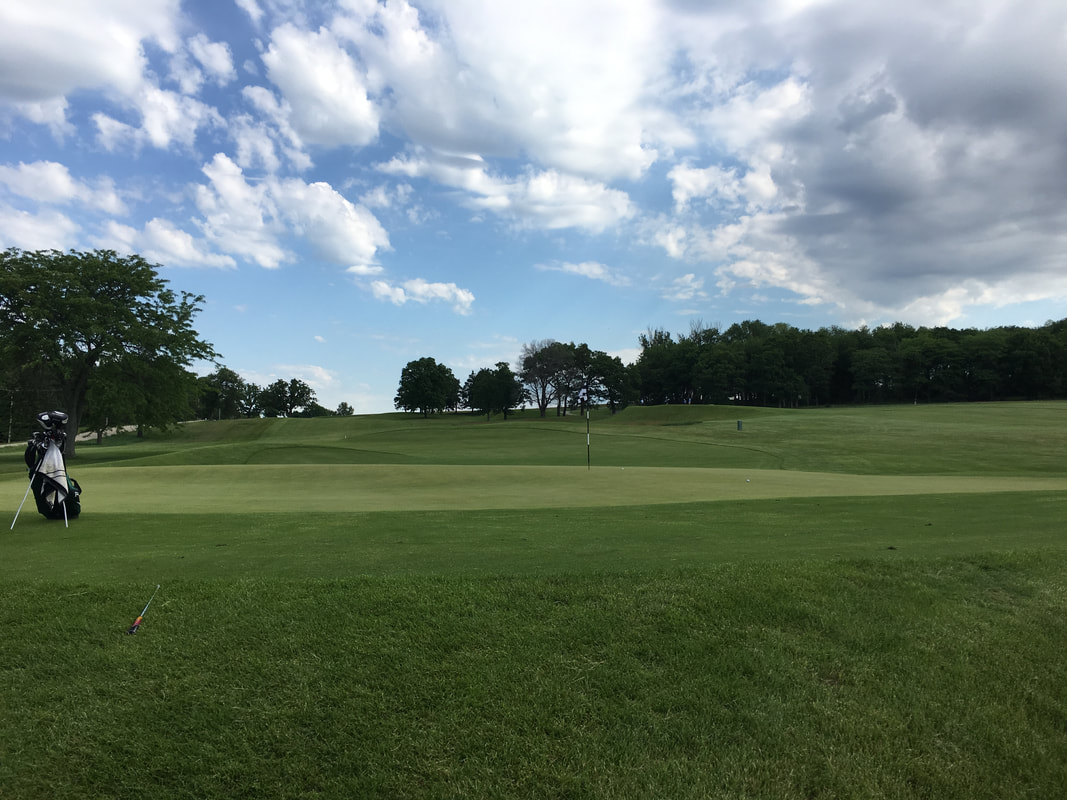

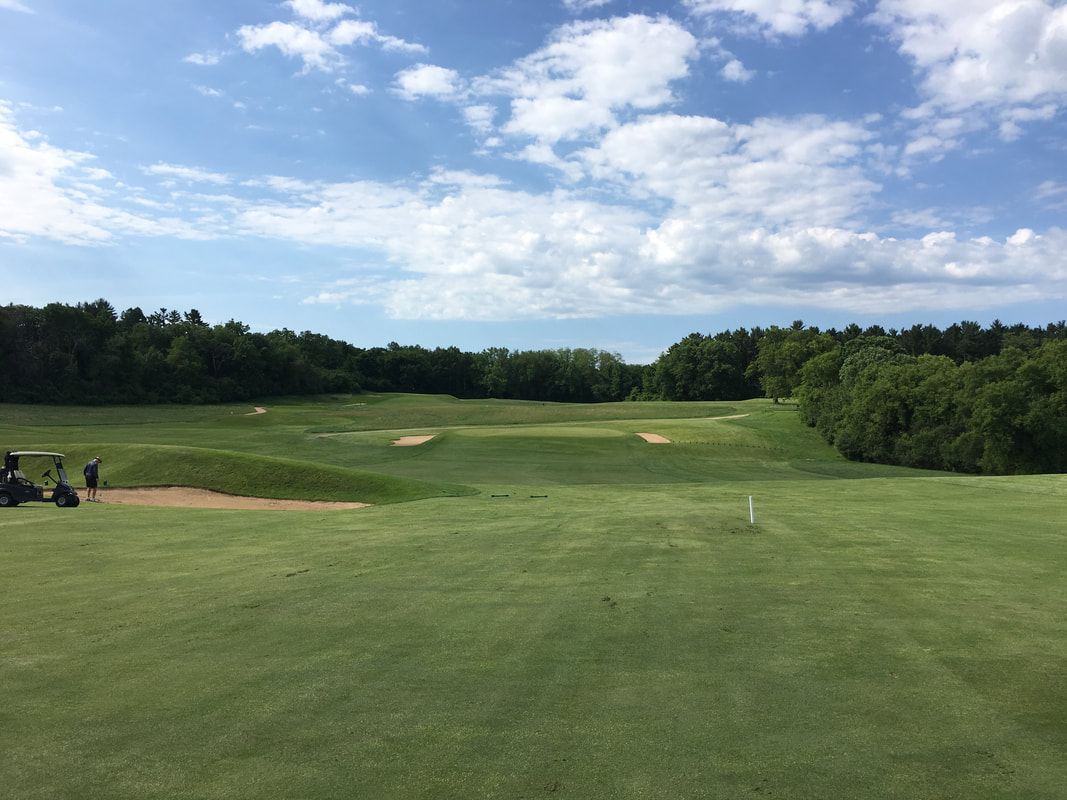
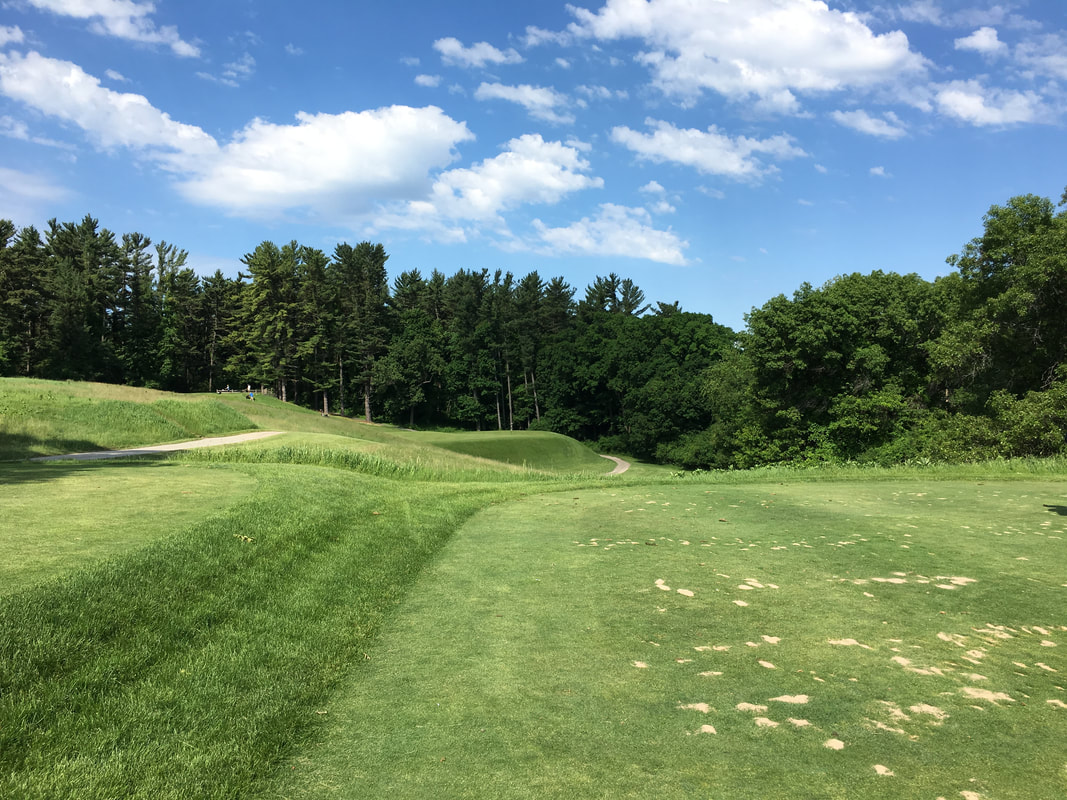
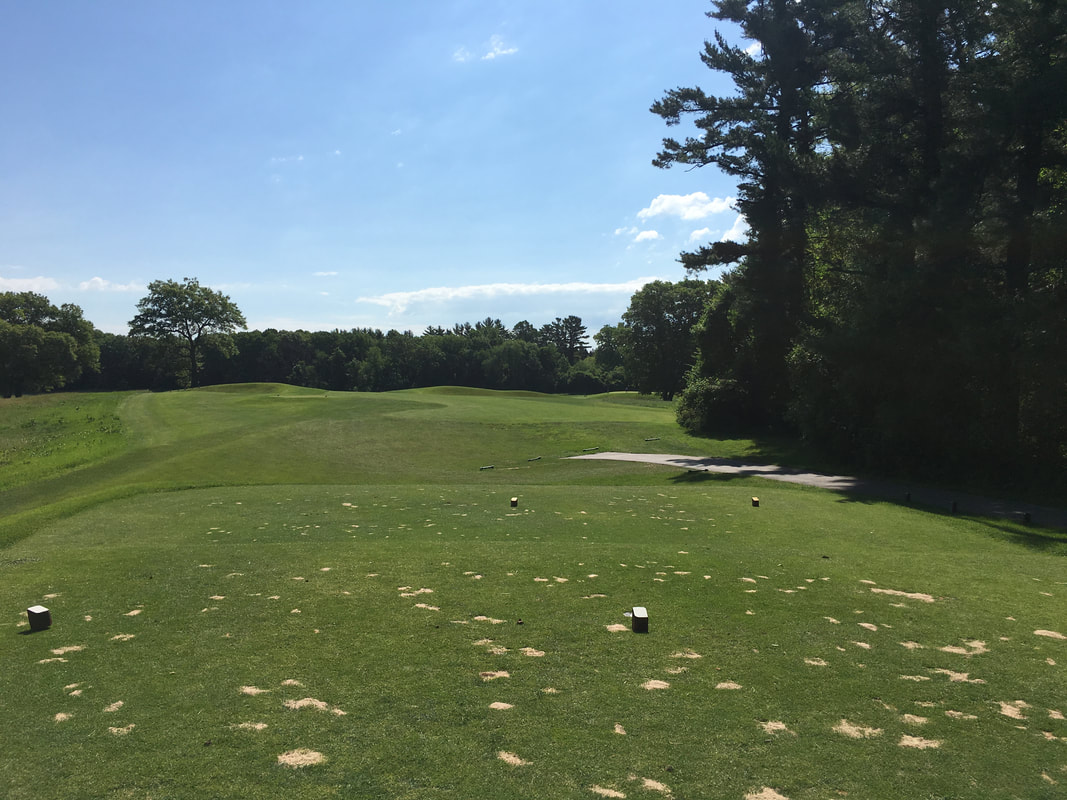

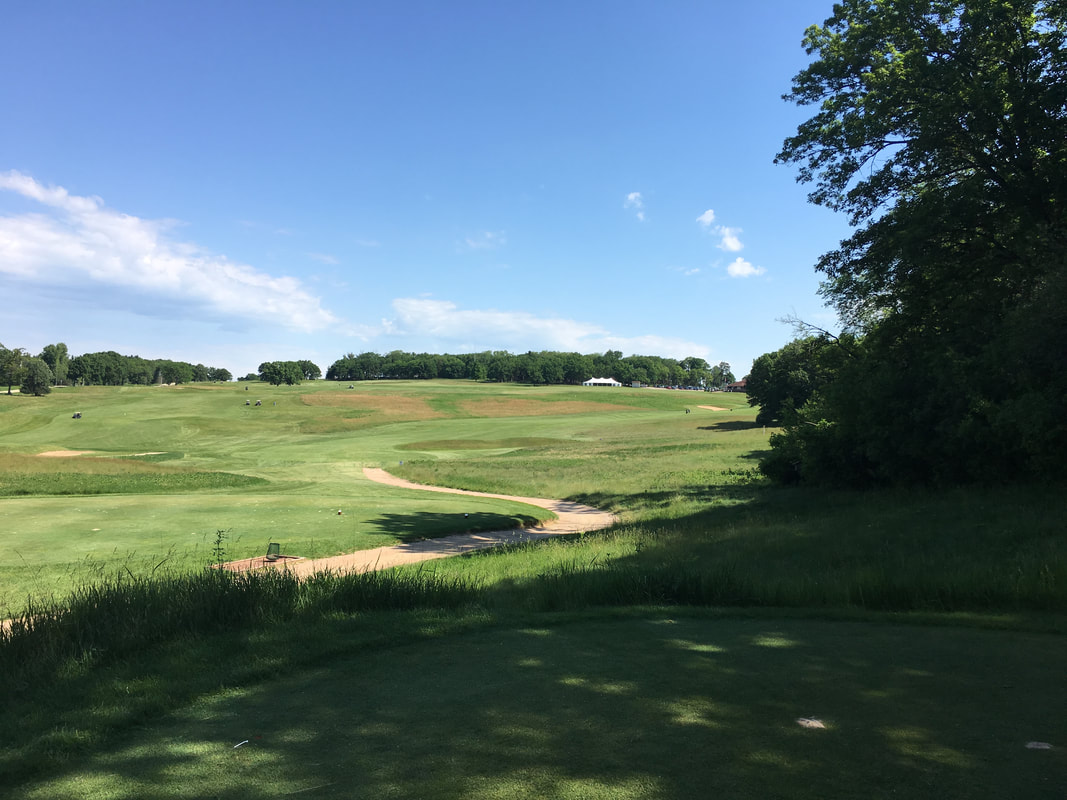
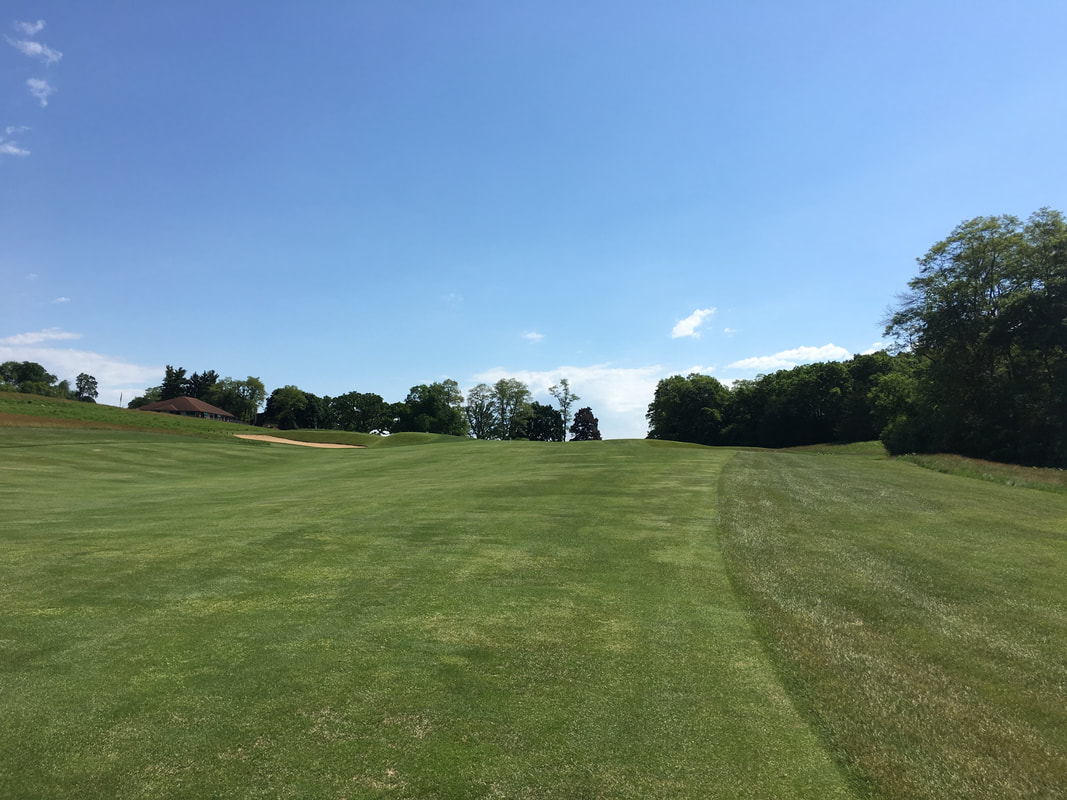
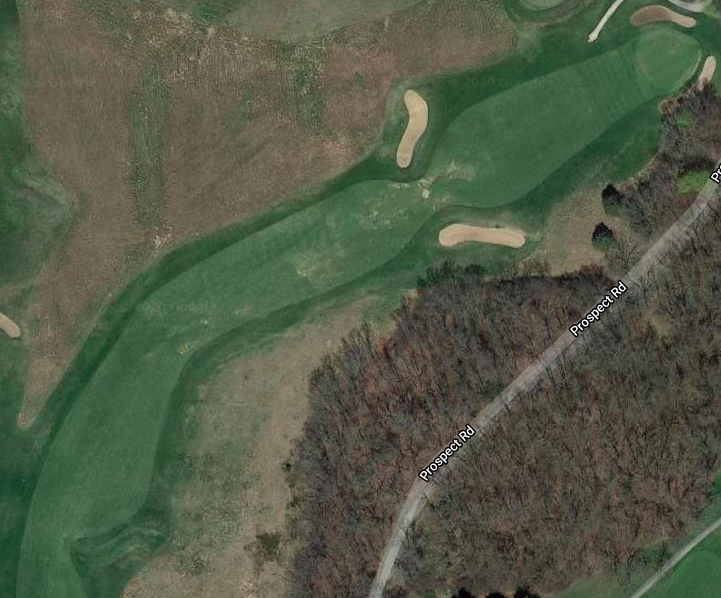
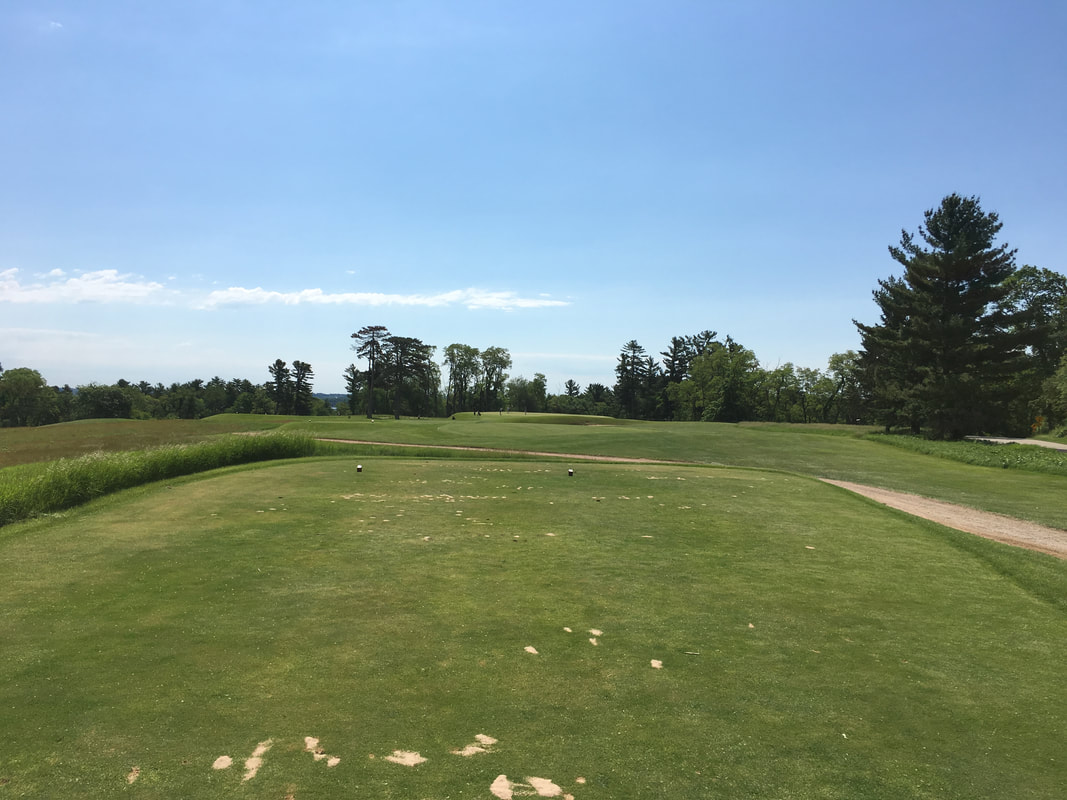
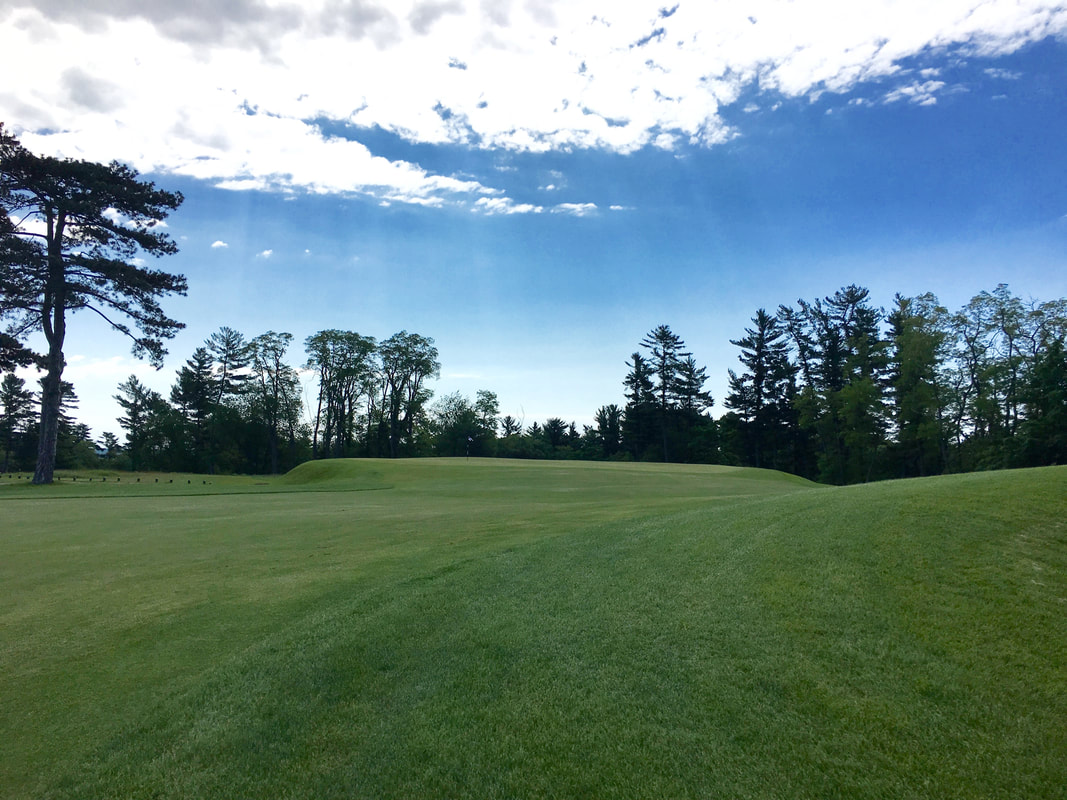
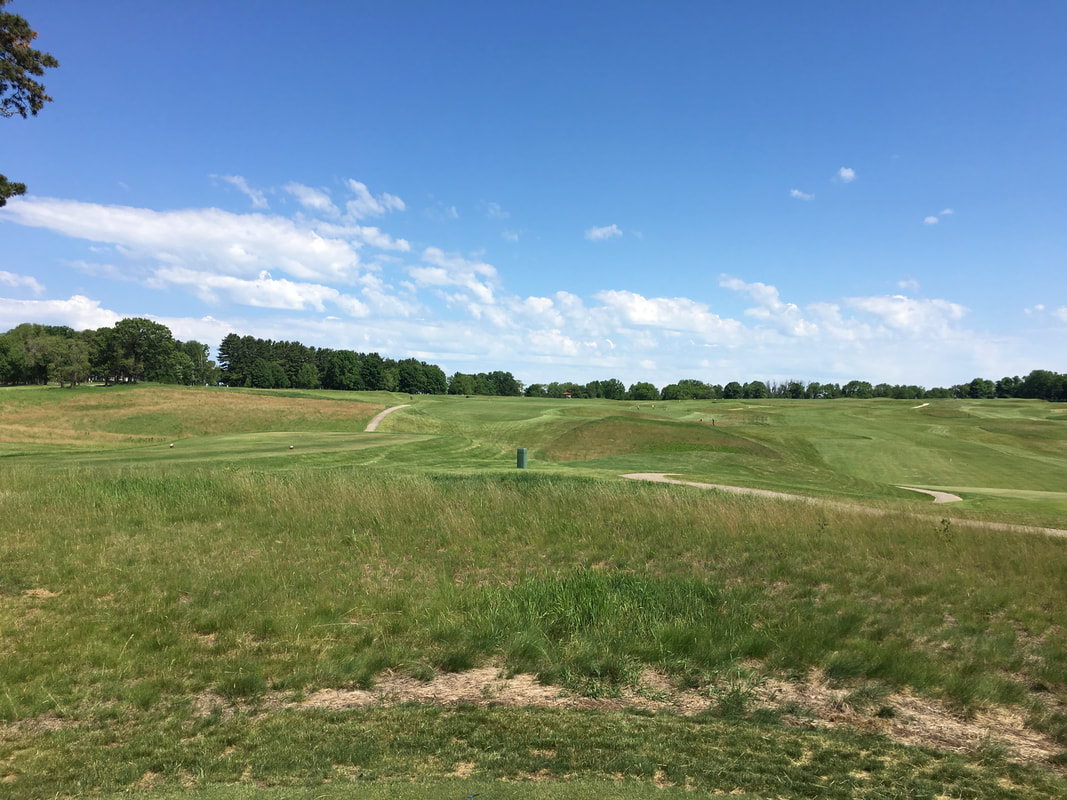
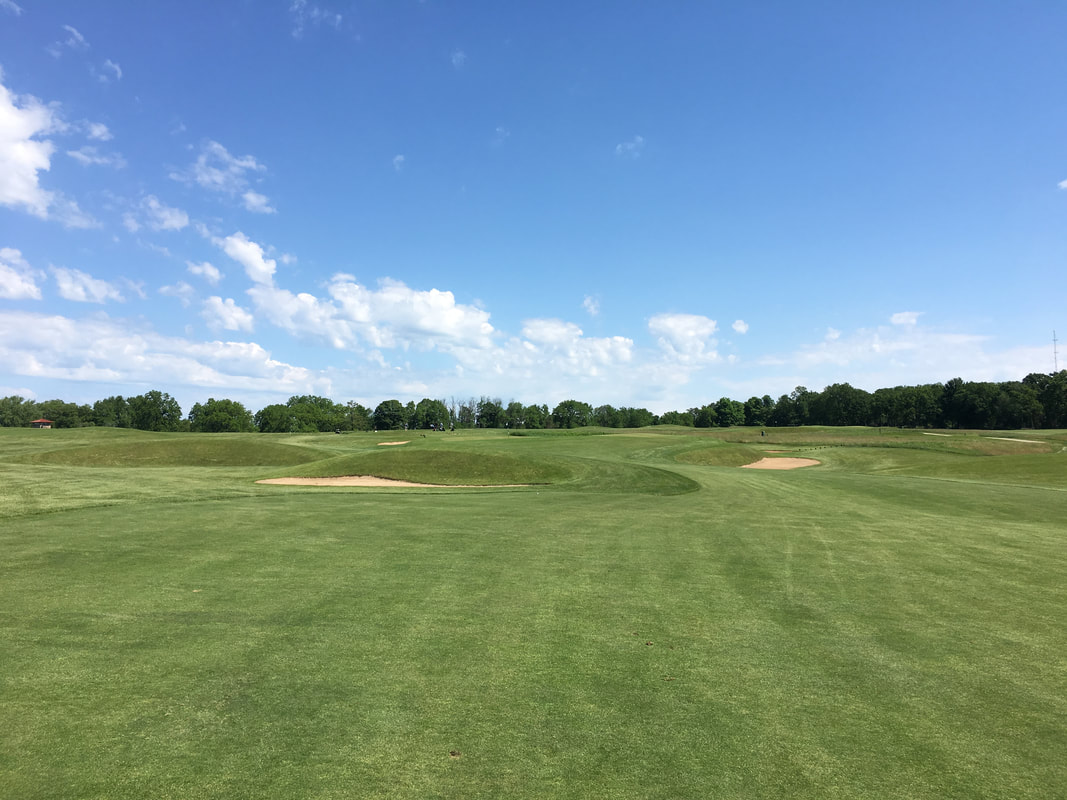
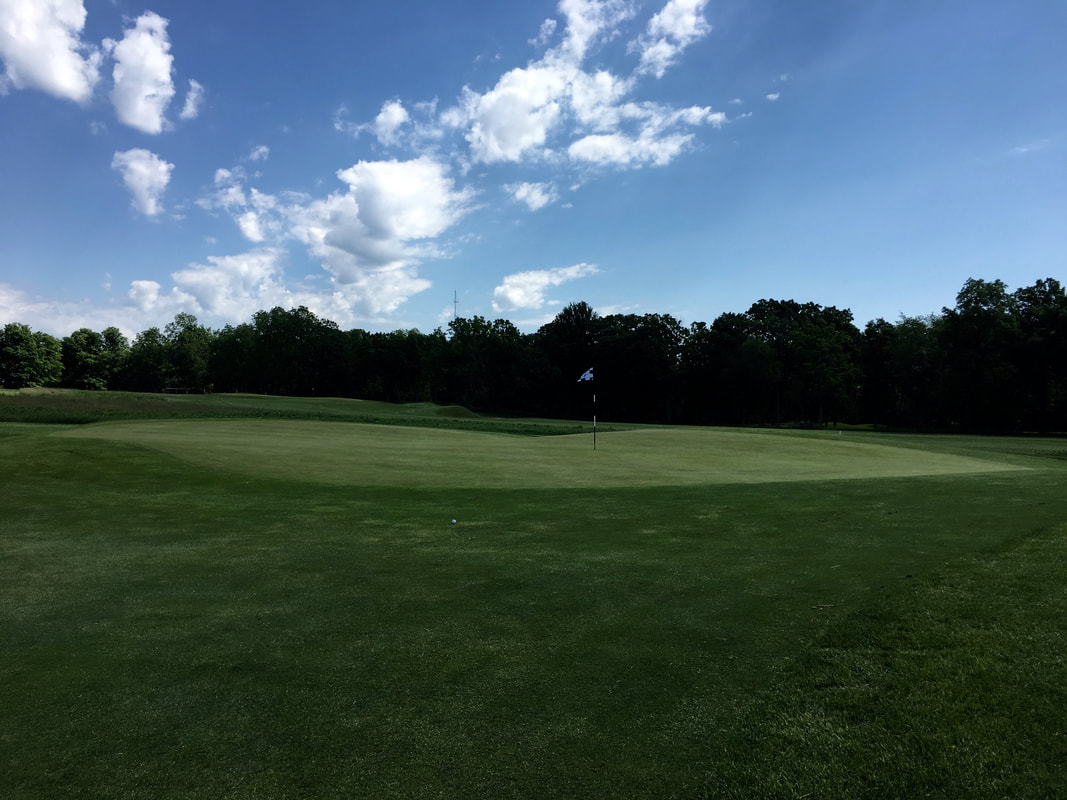
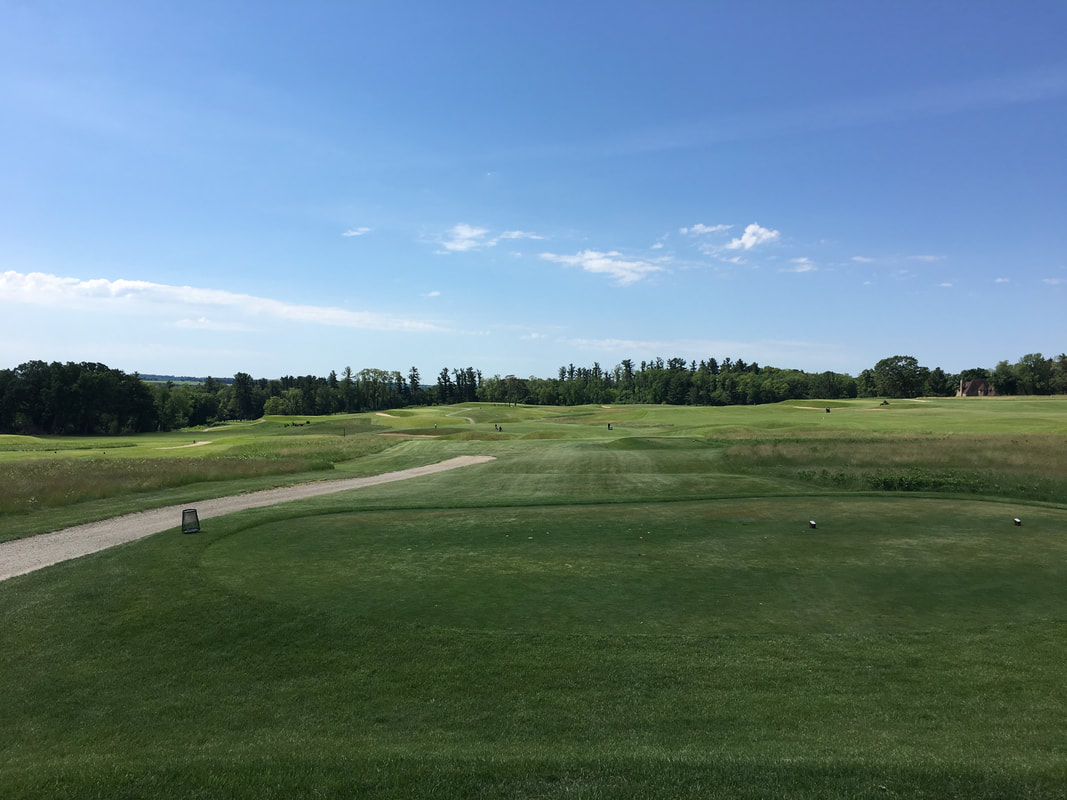
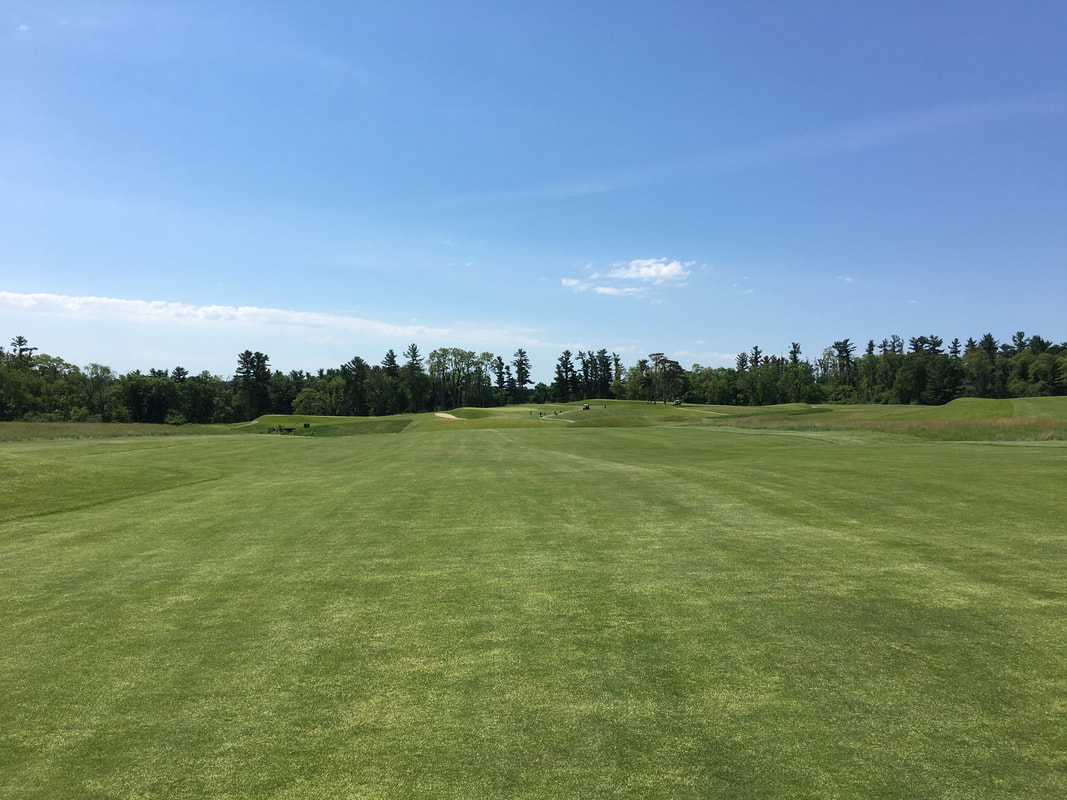
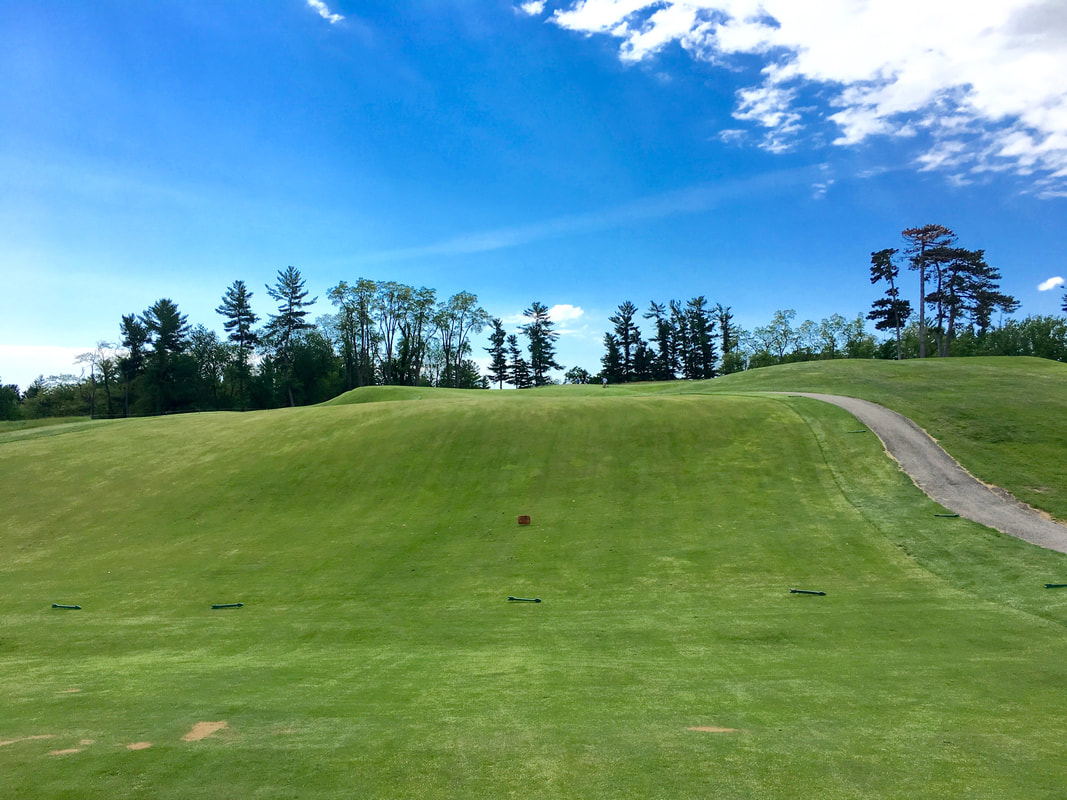
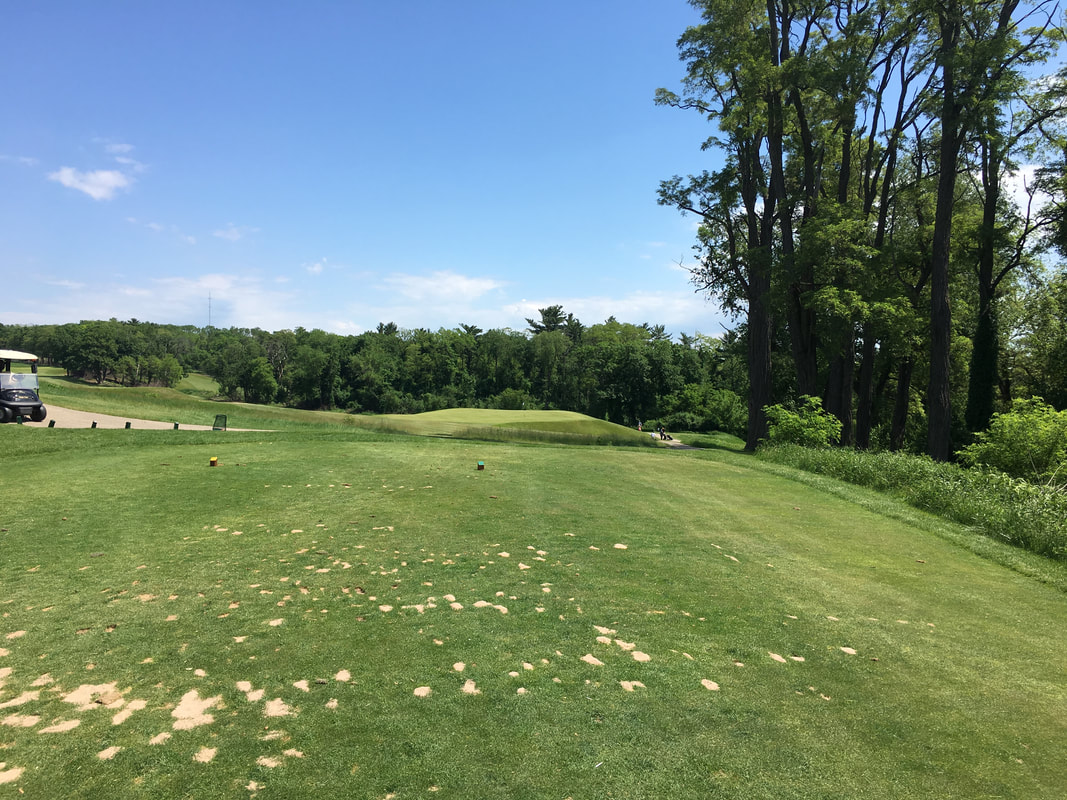
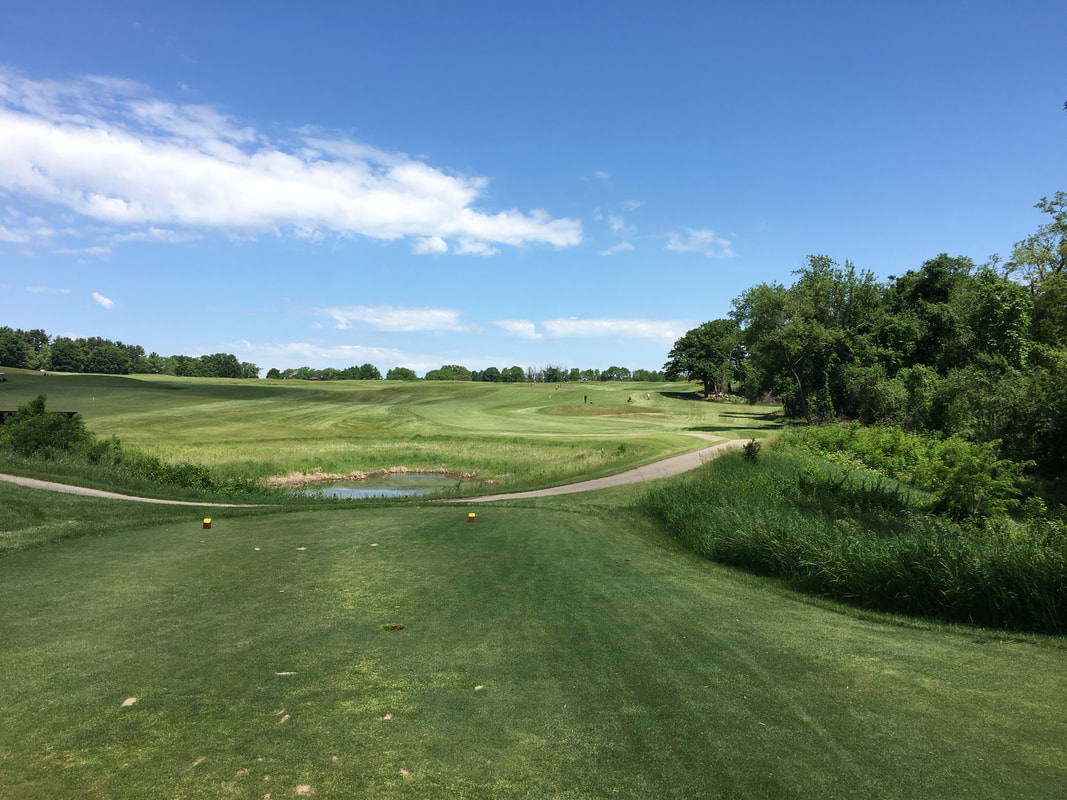
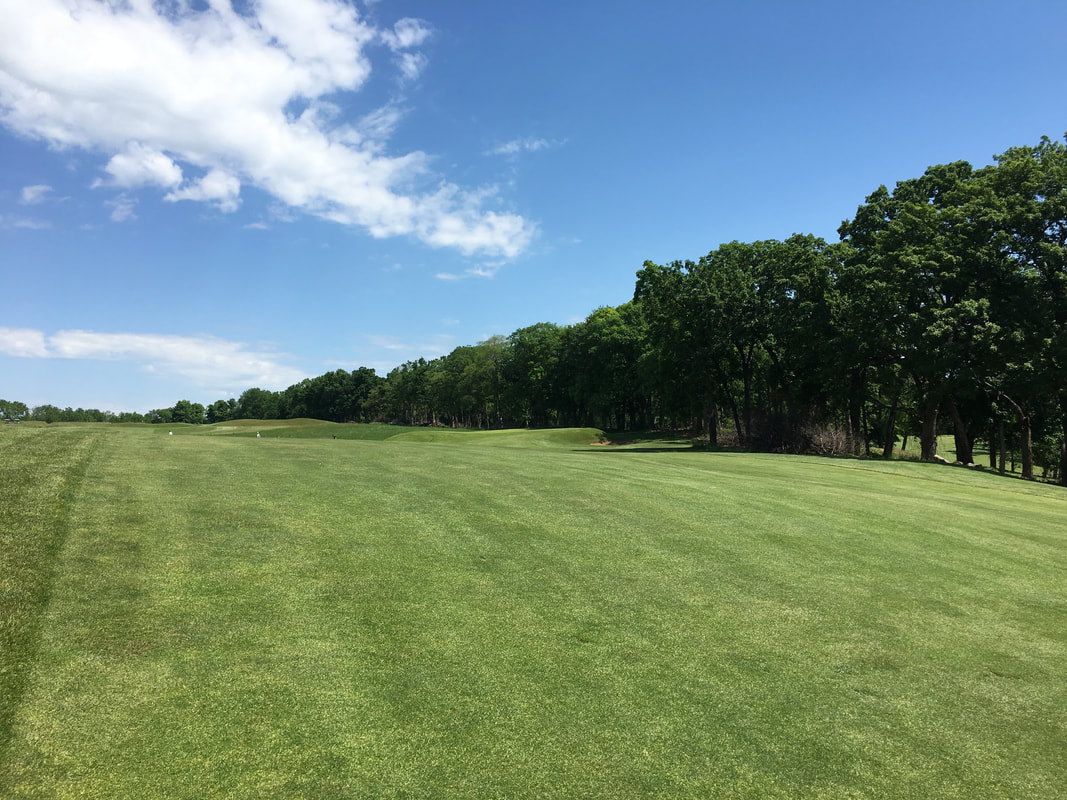
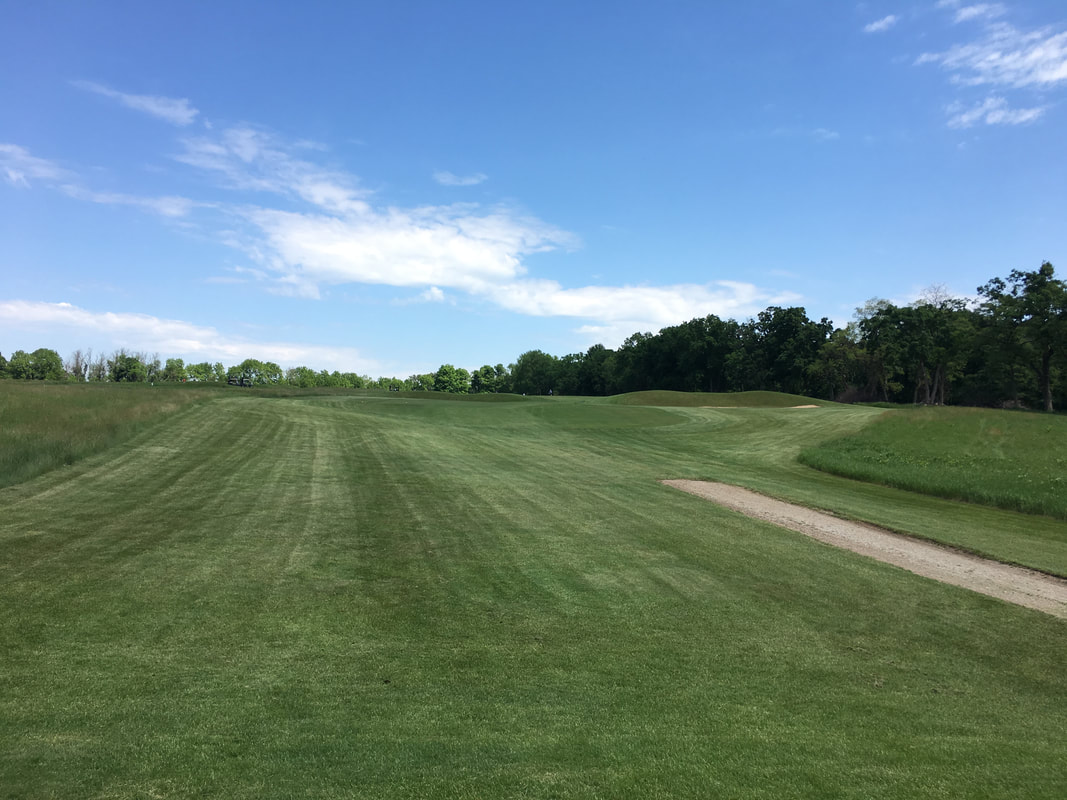
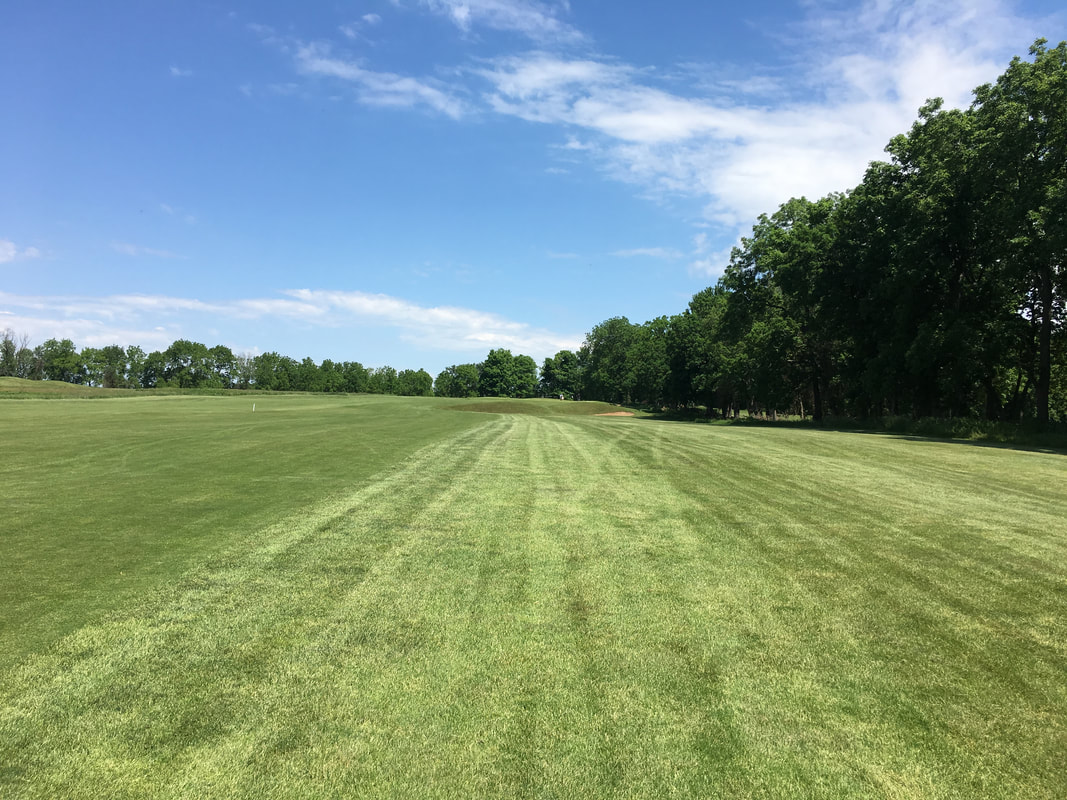
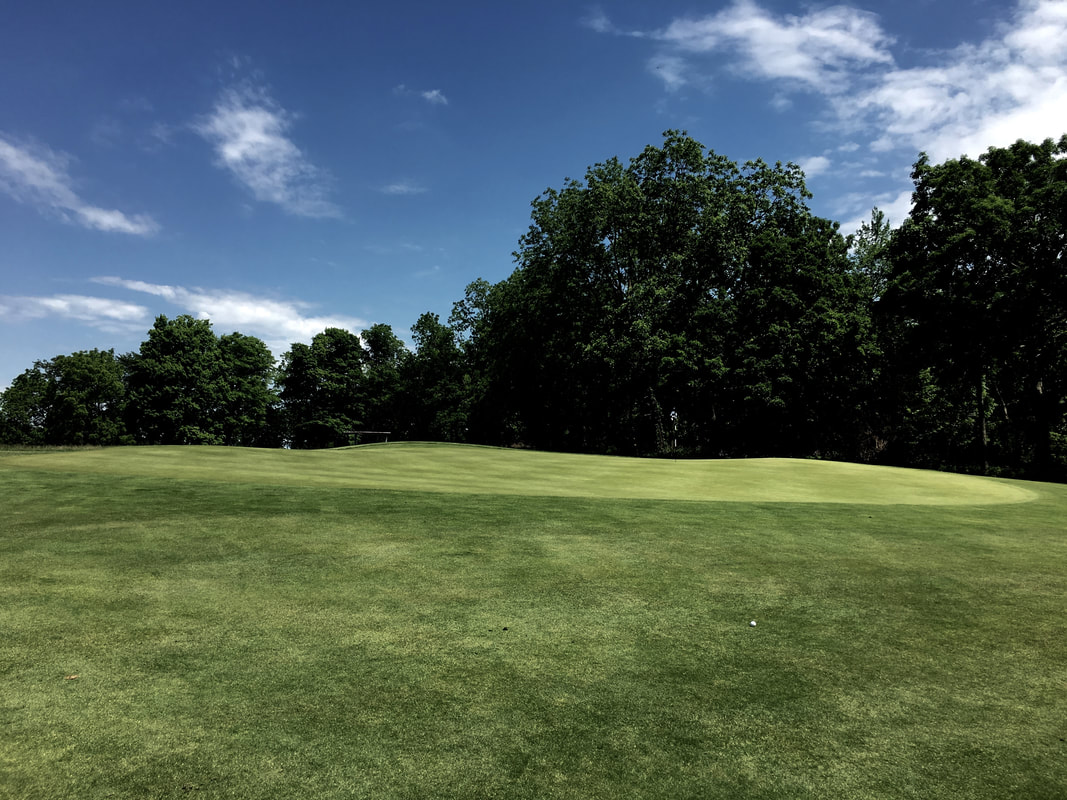
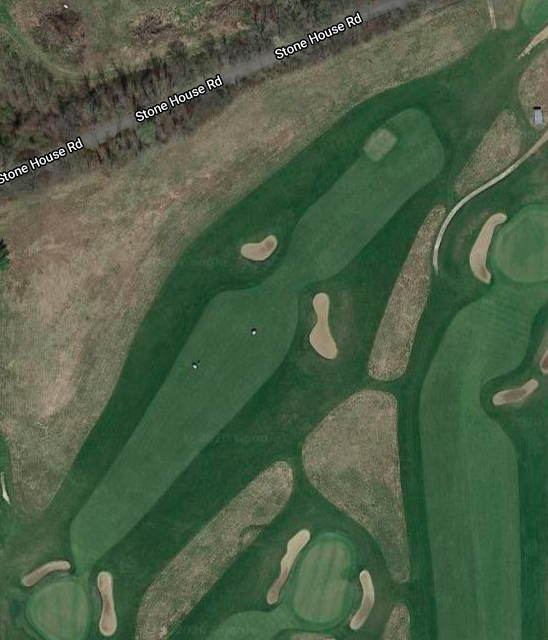
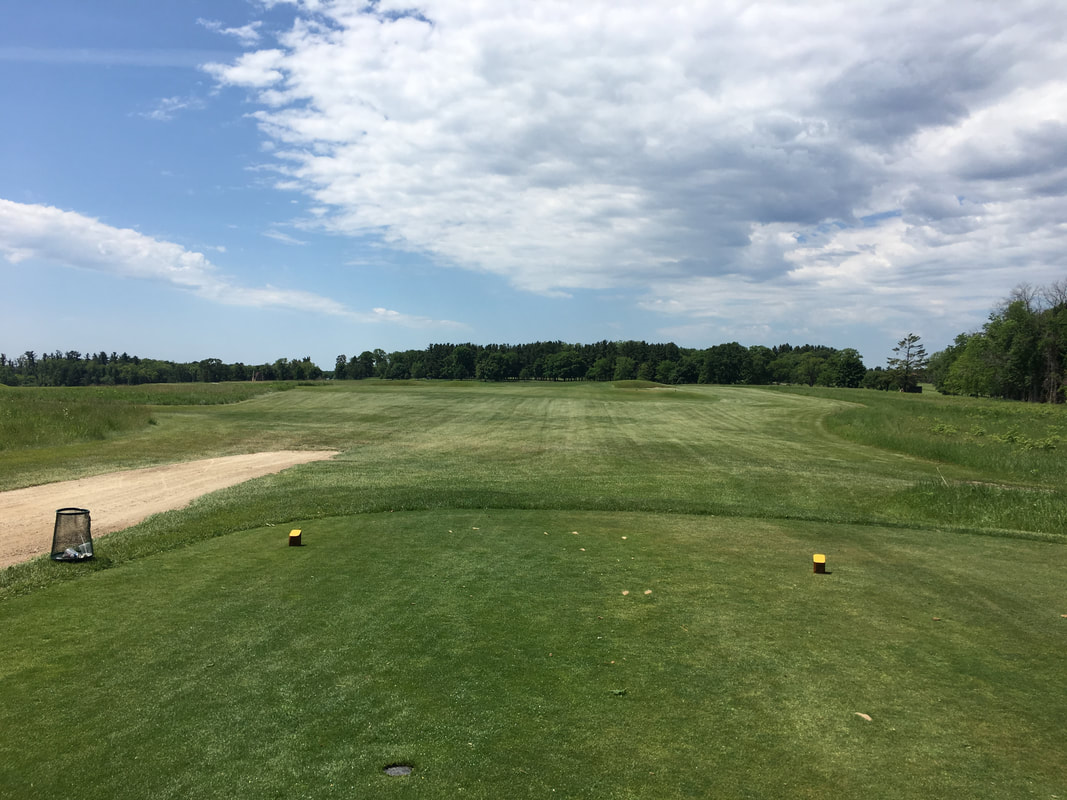
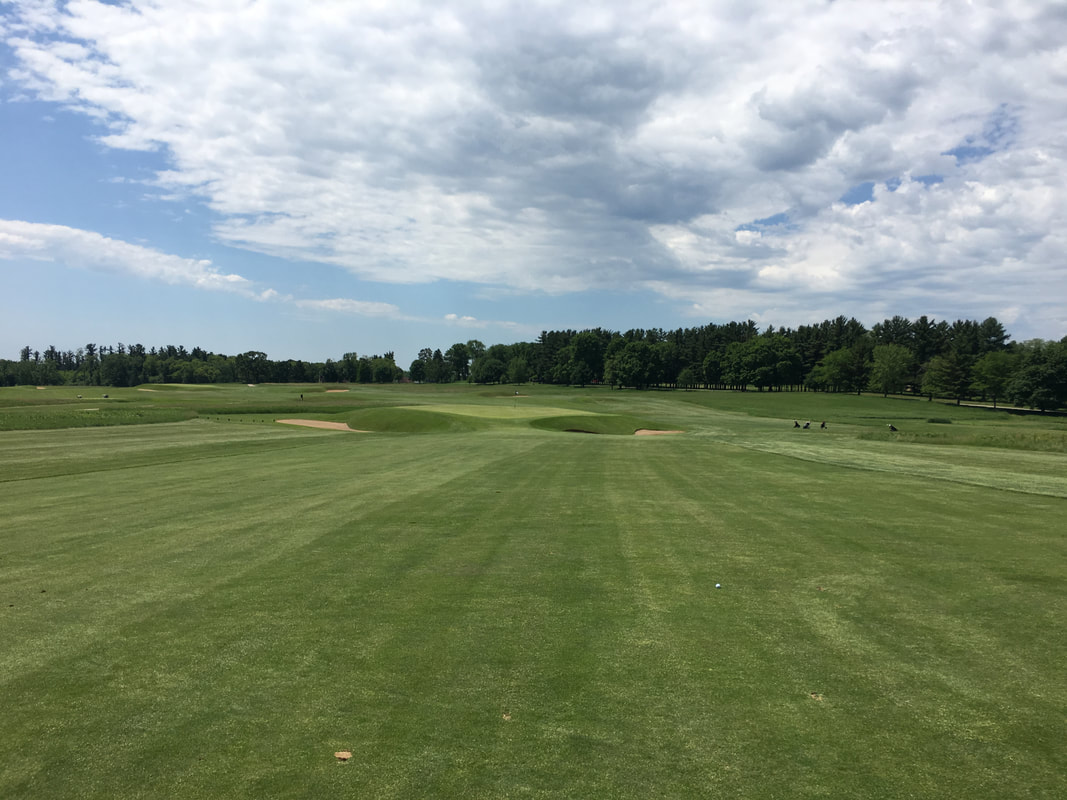
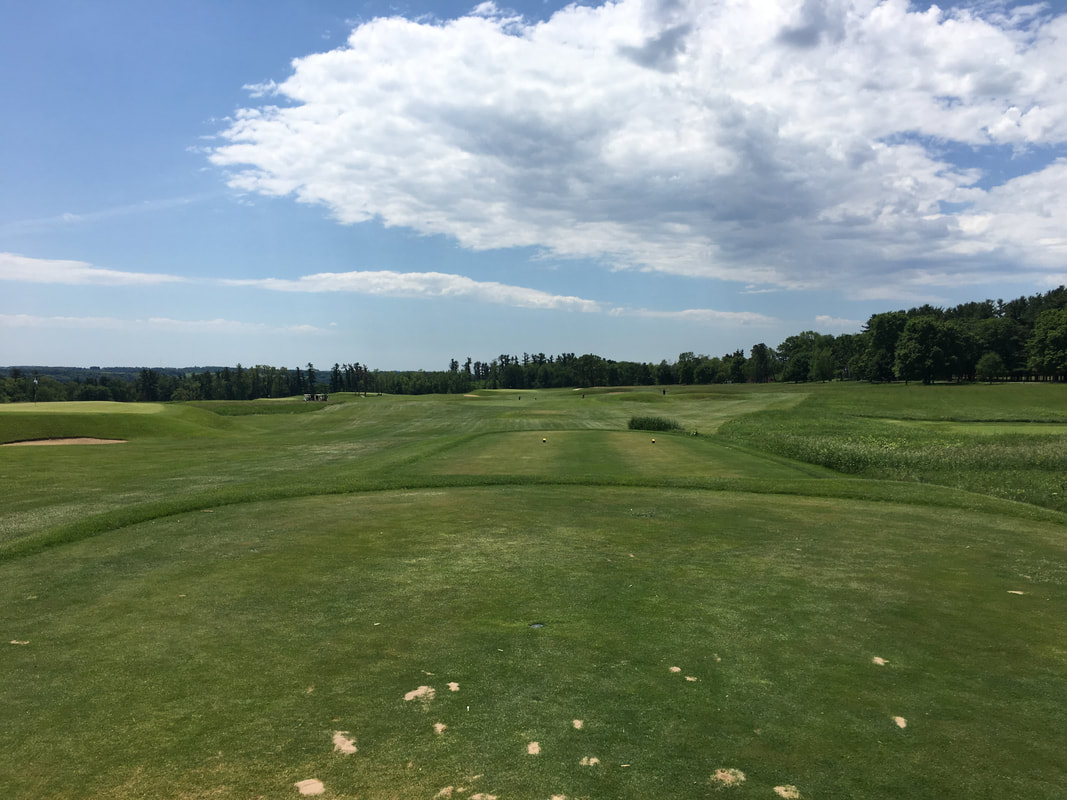
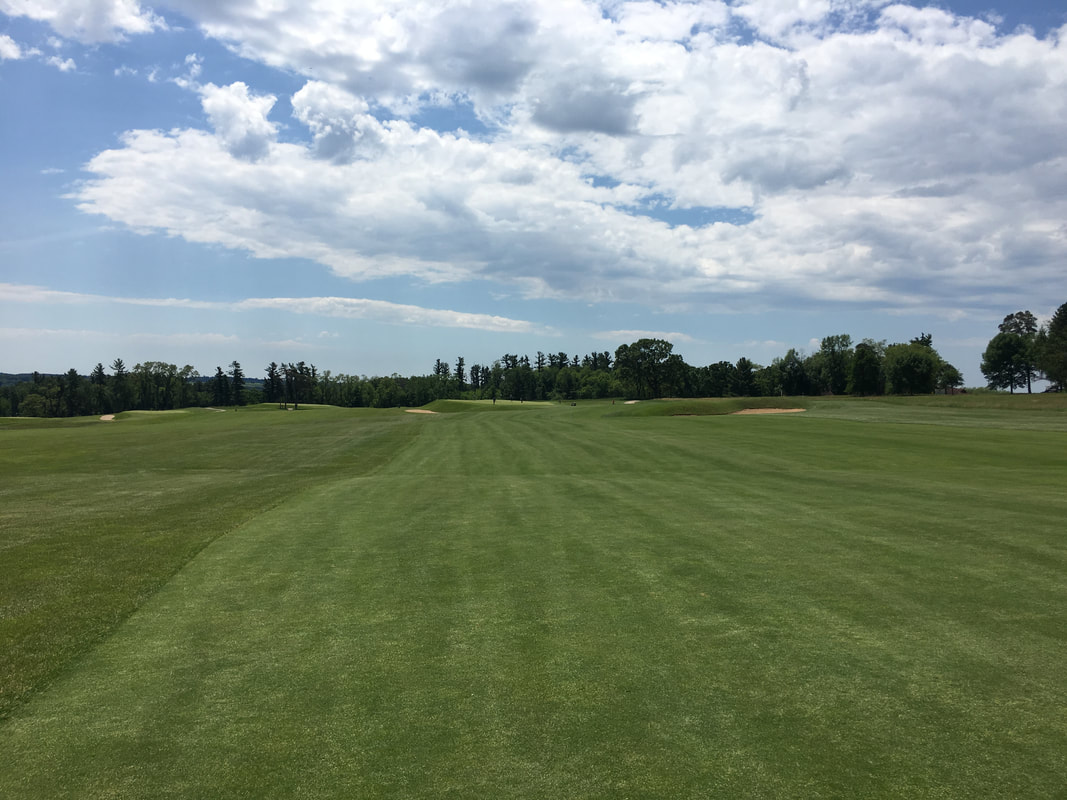
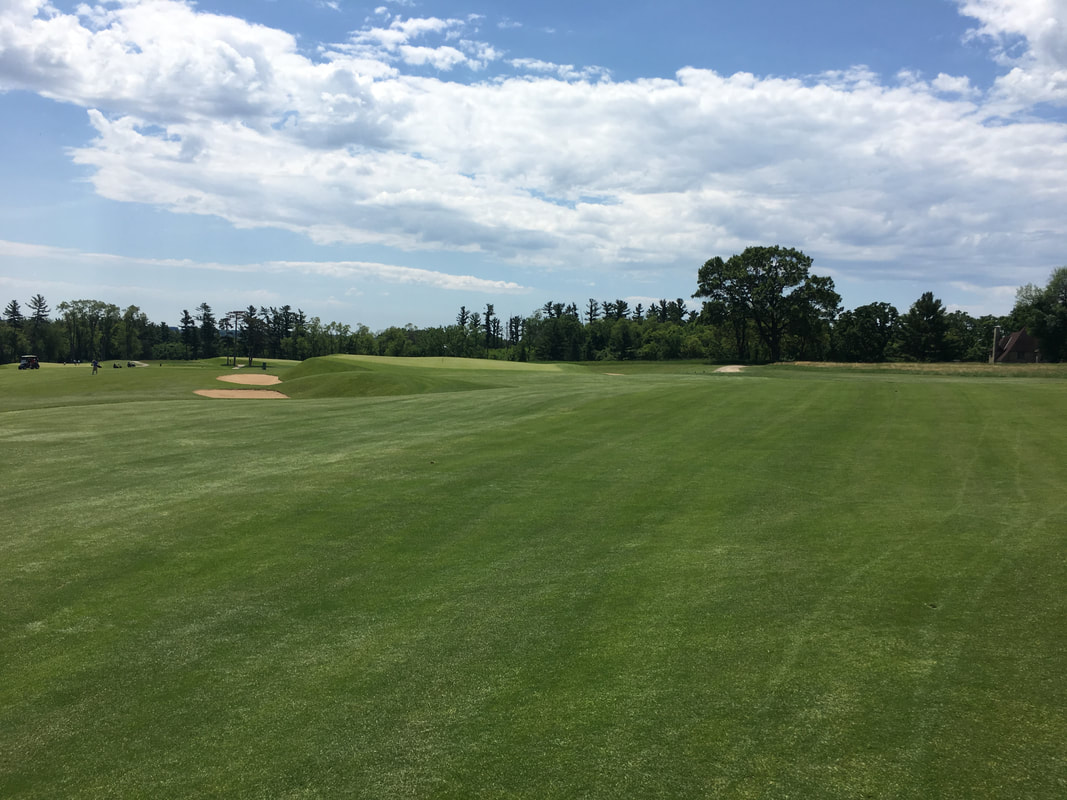
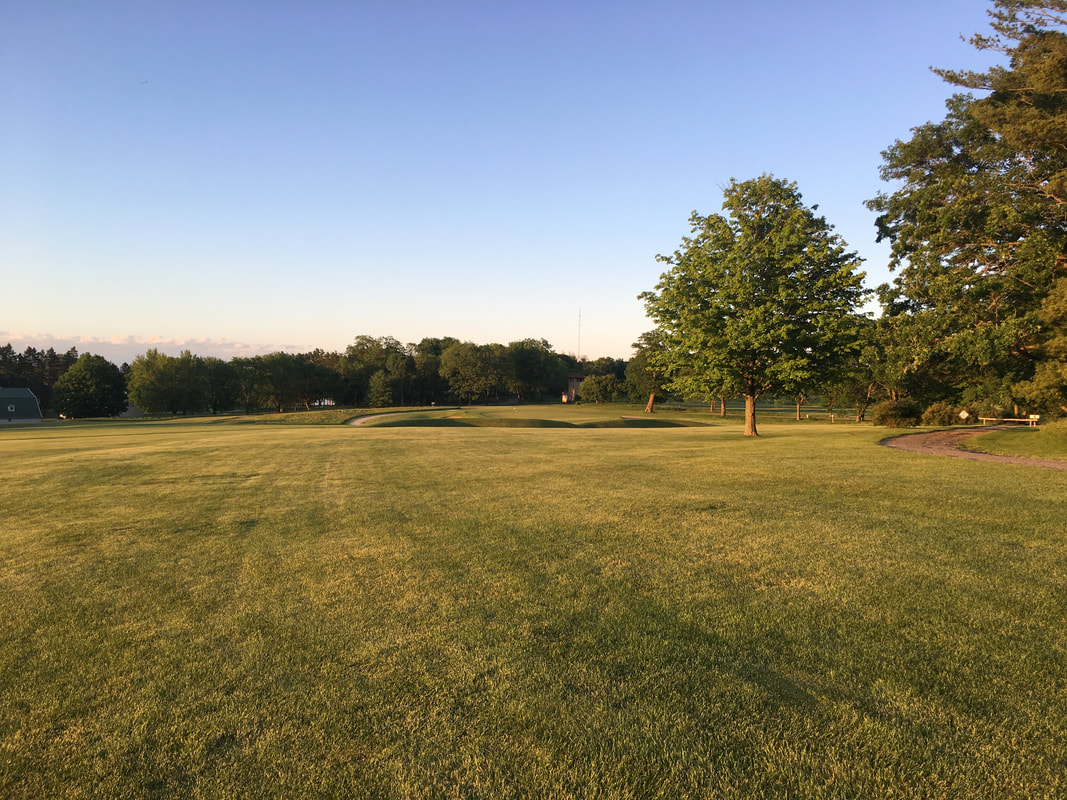

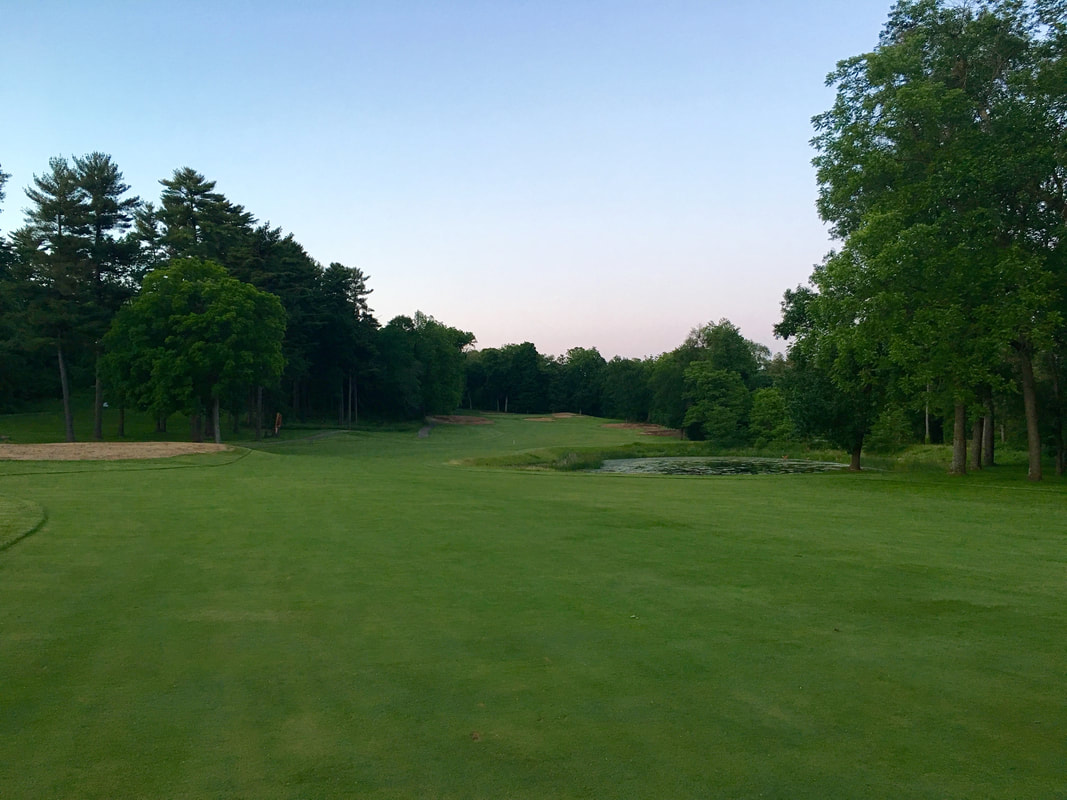
 RSS Feed
RSS Feed